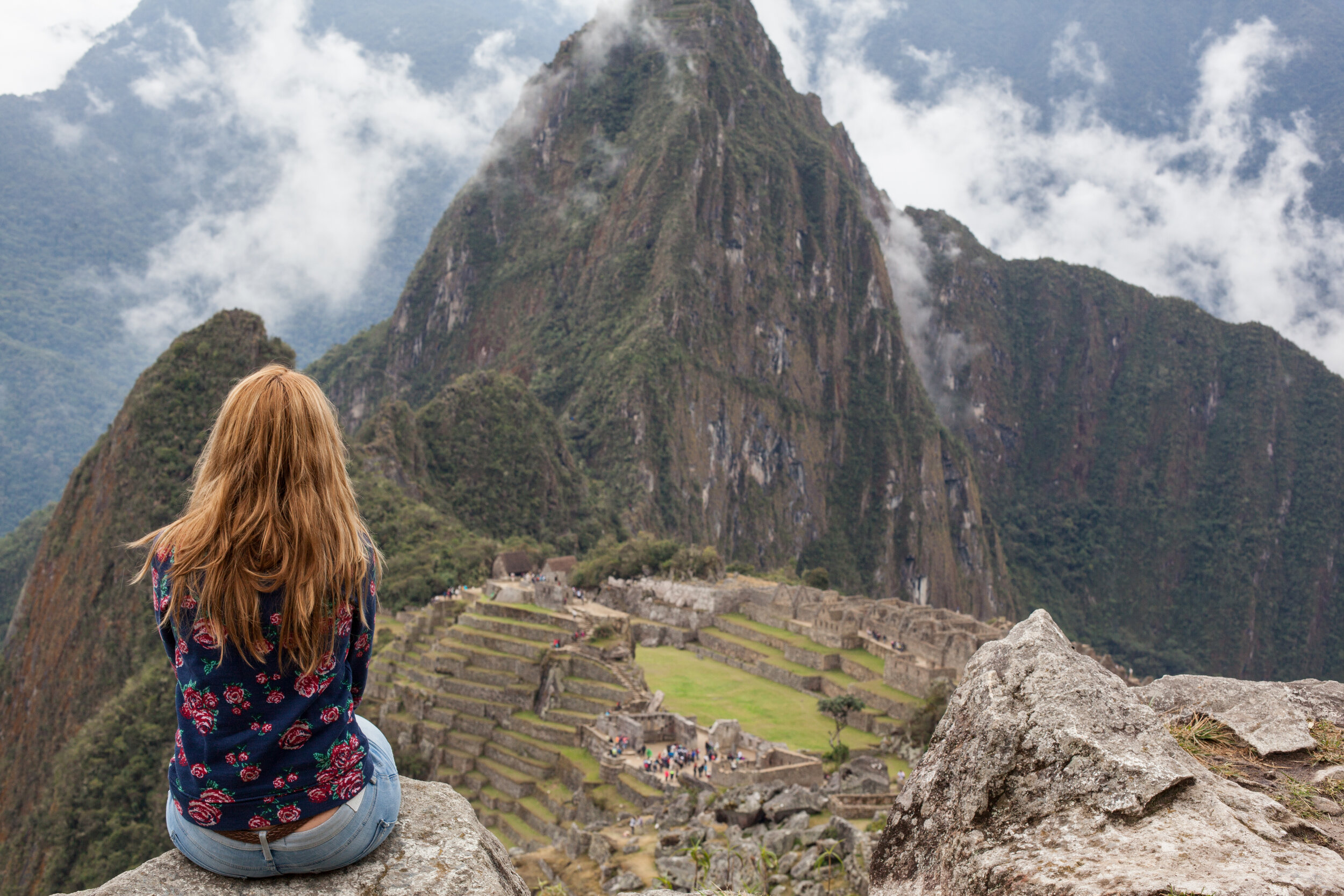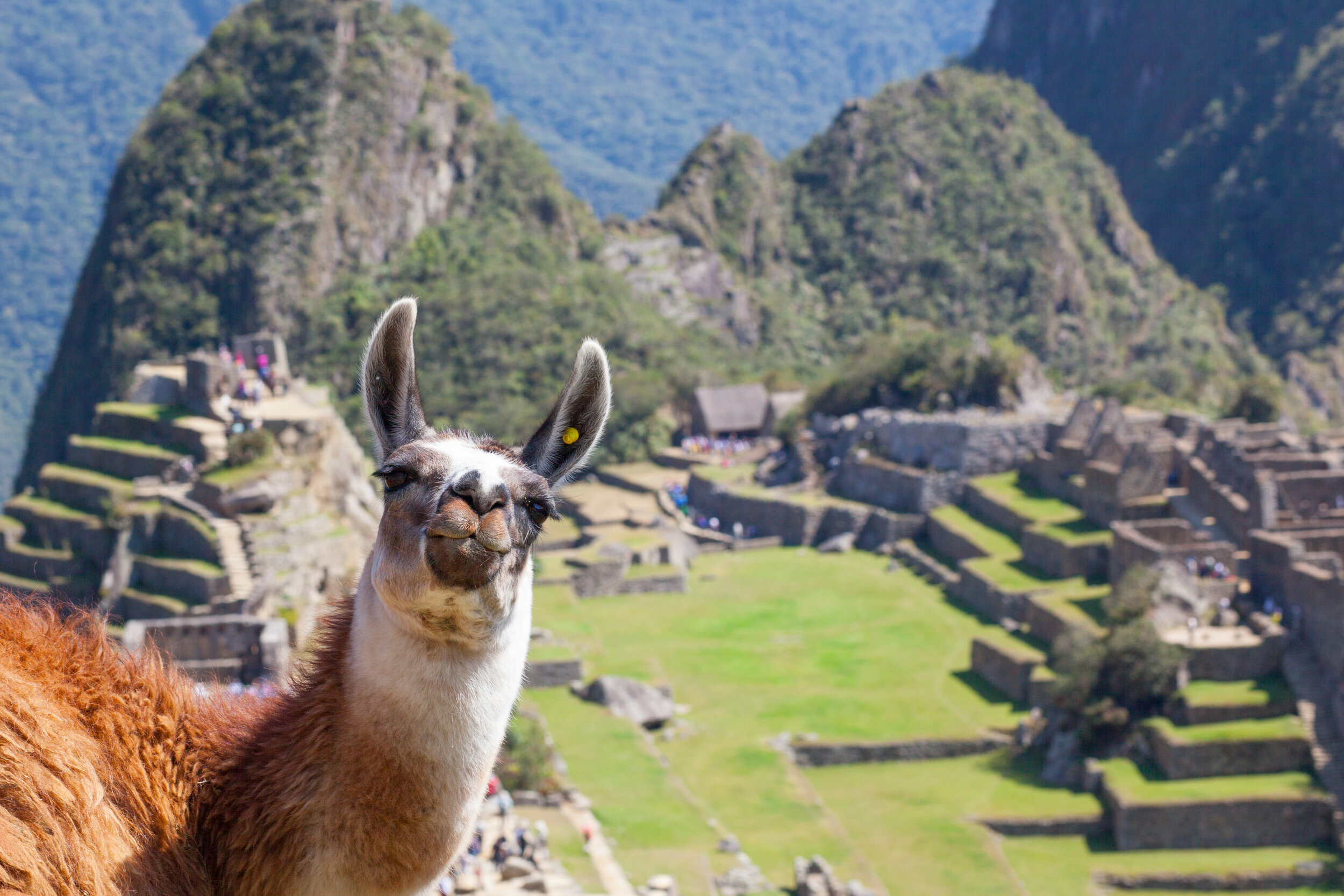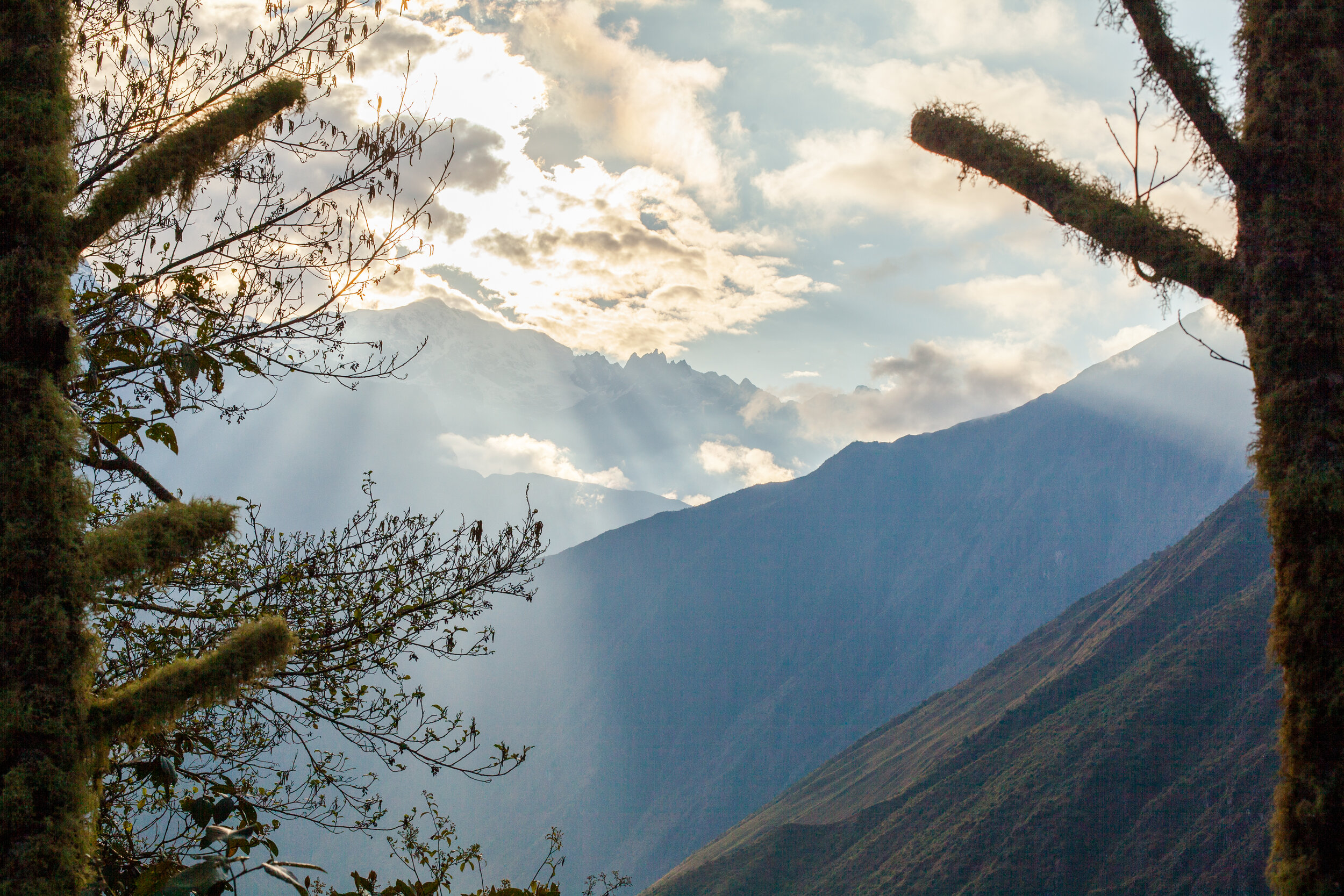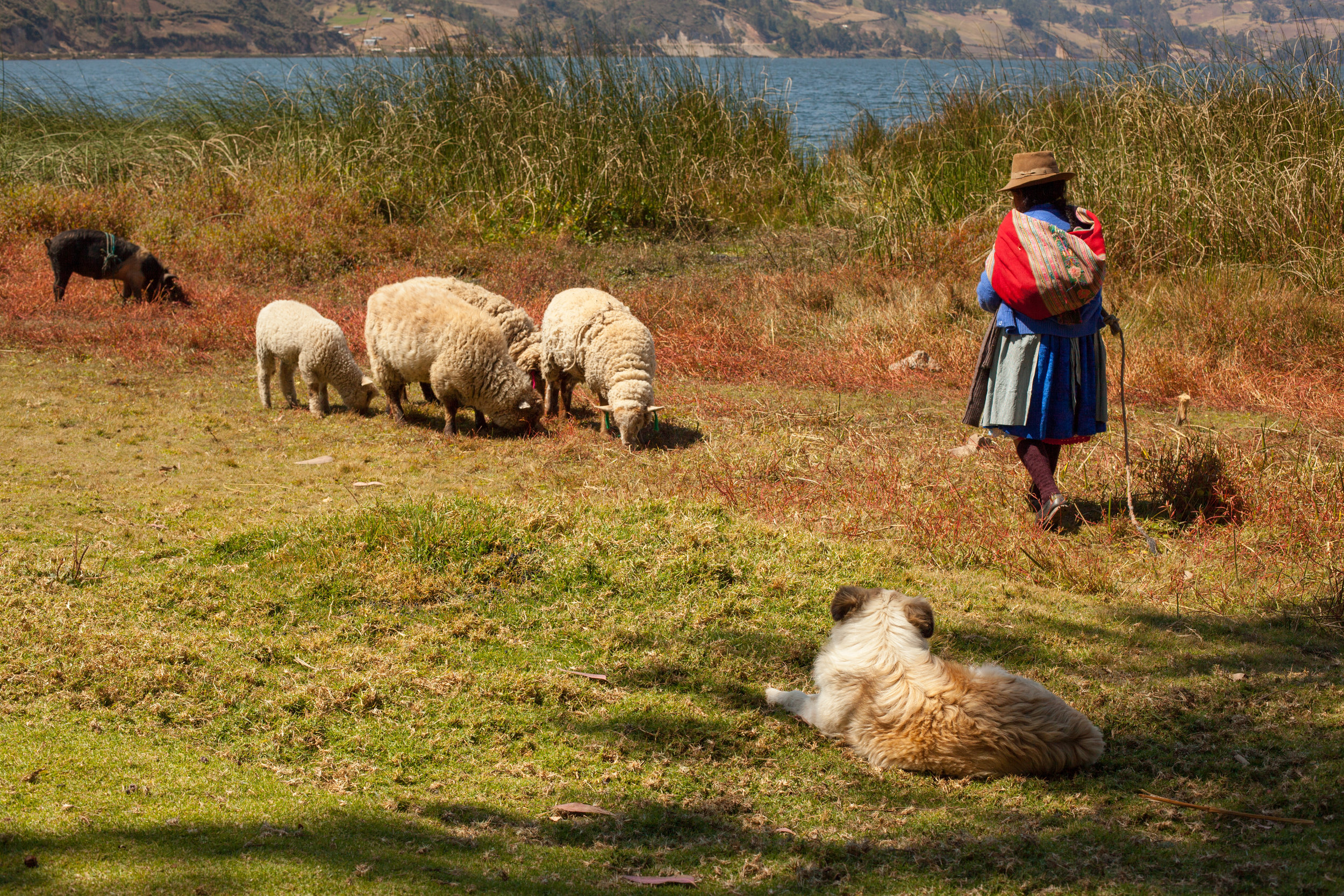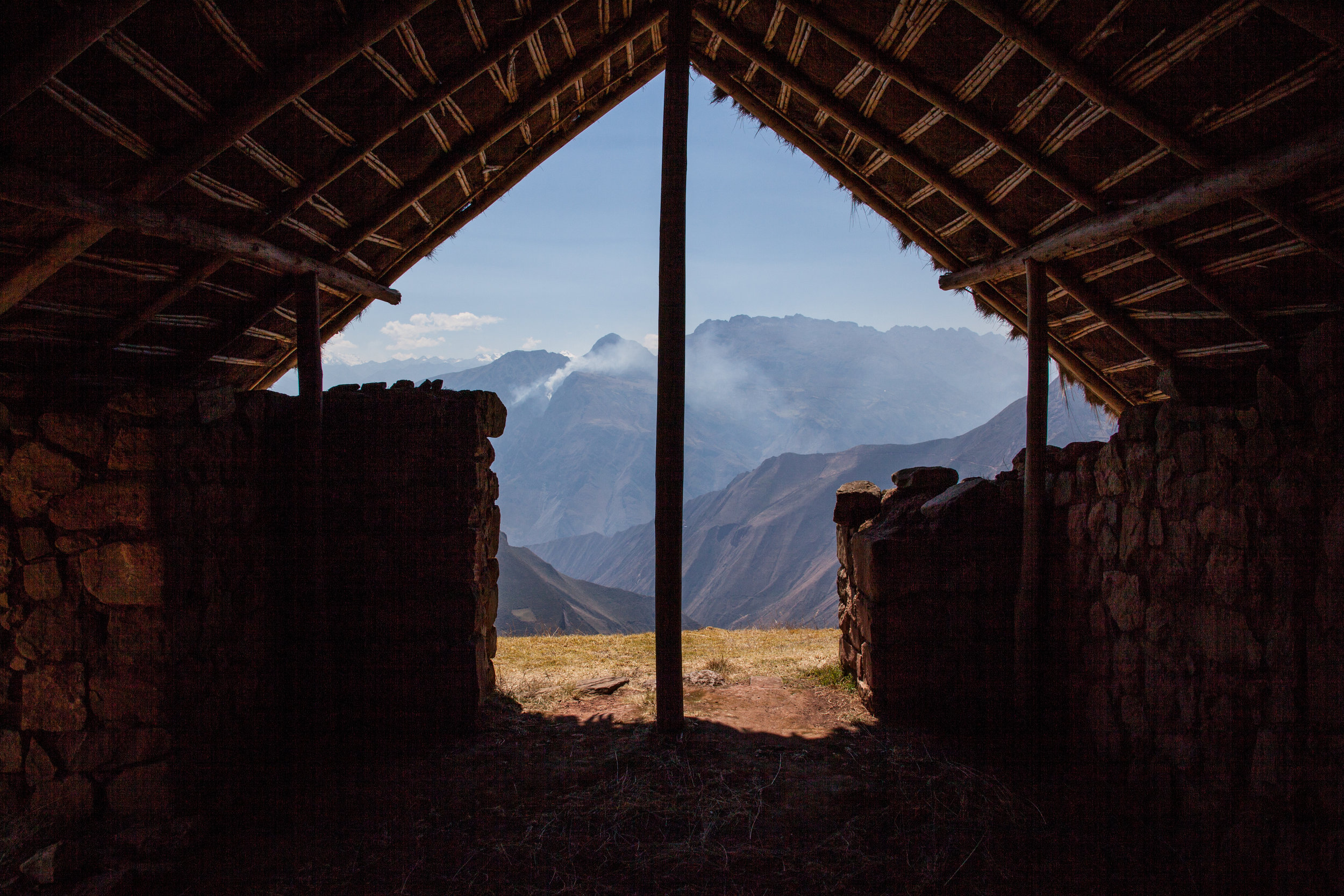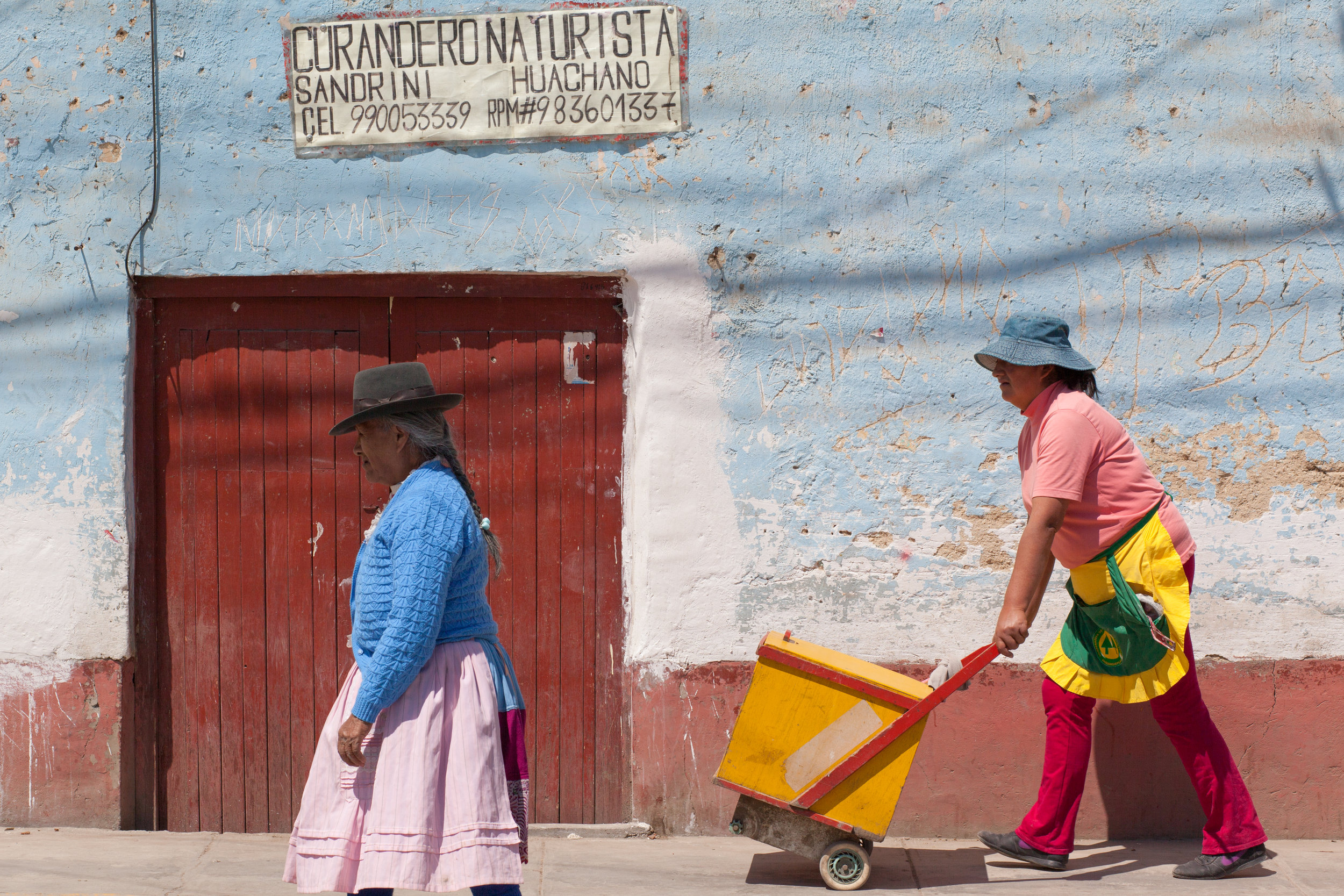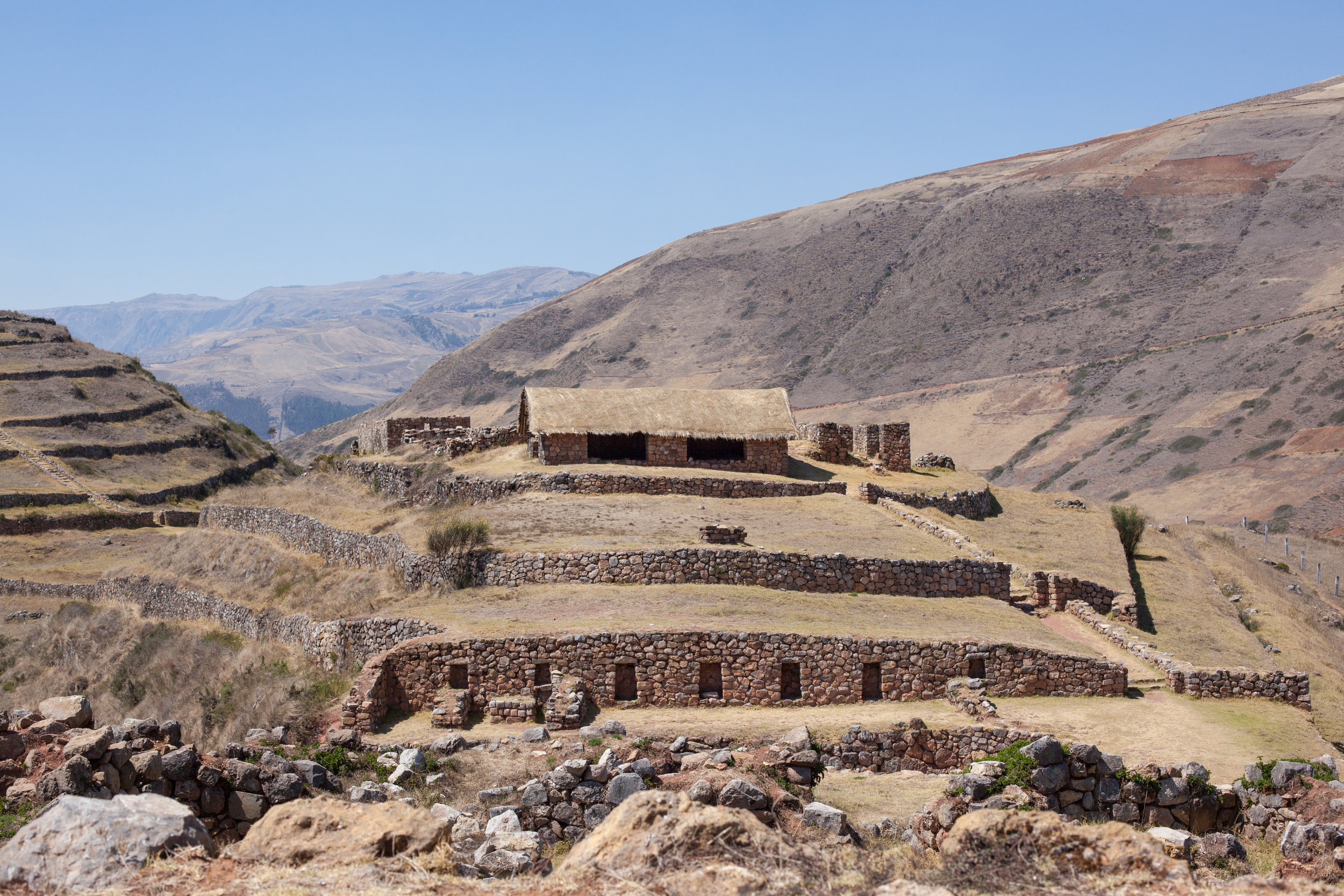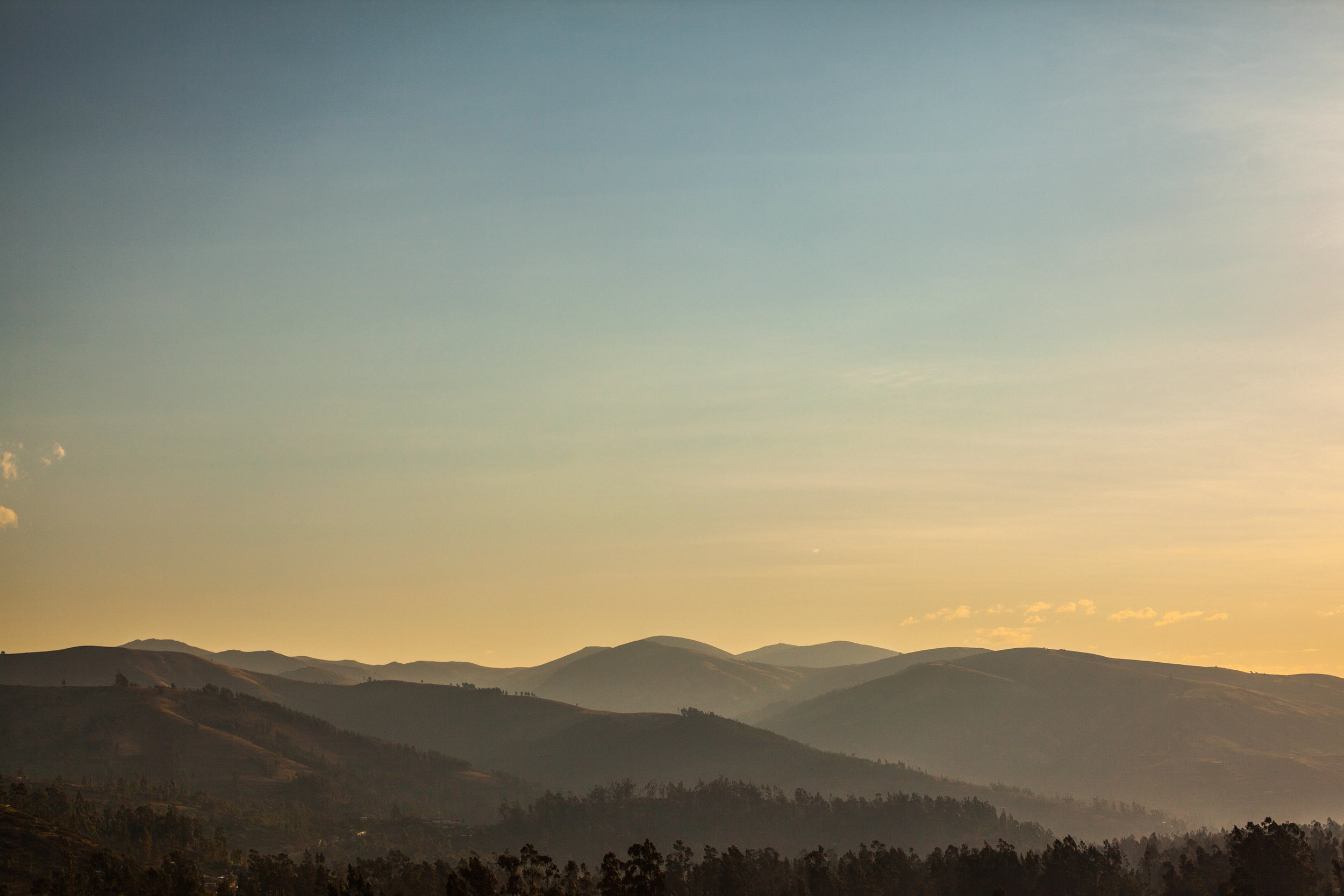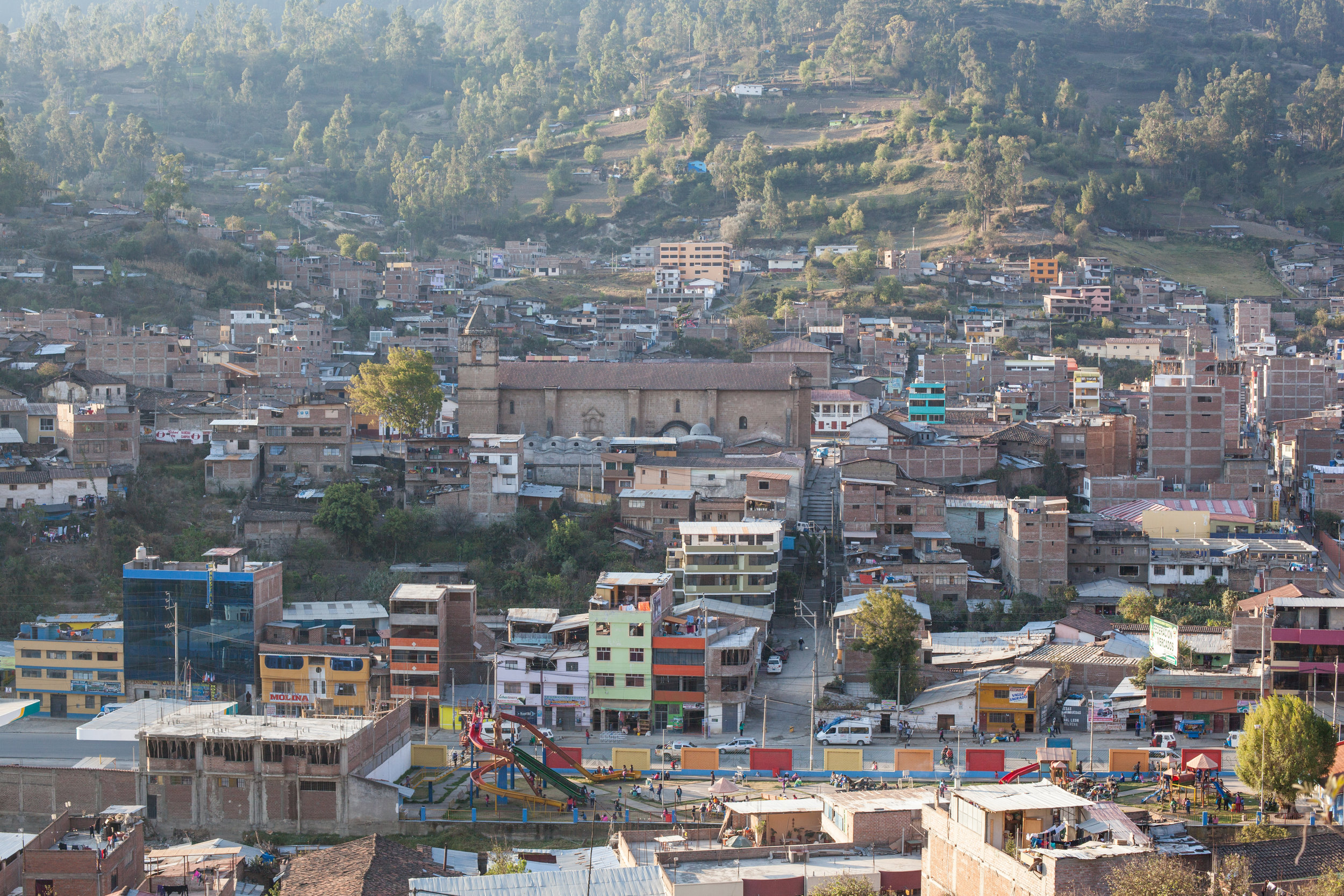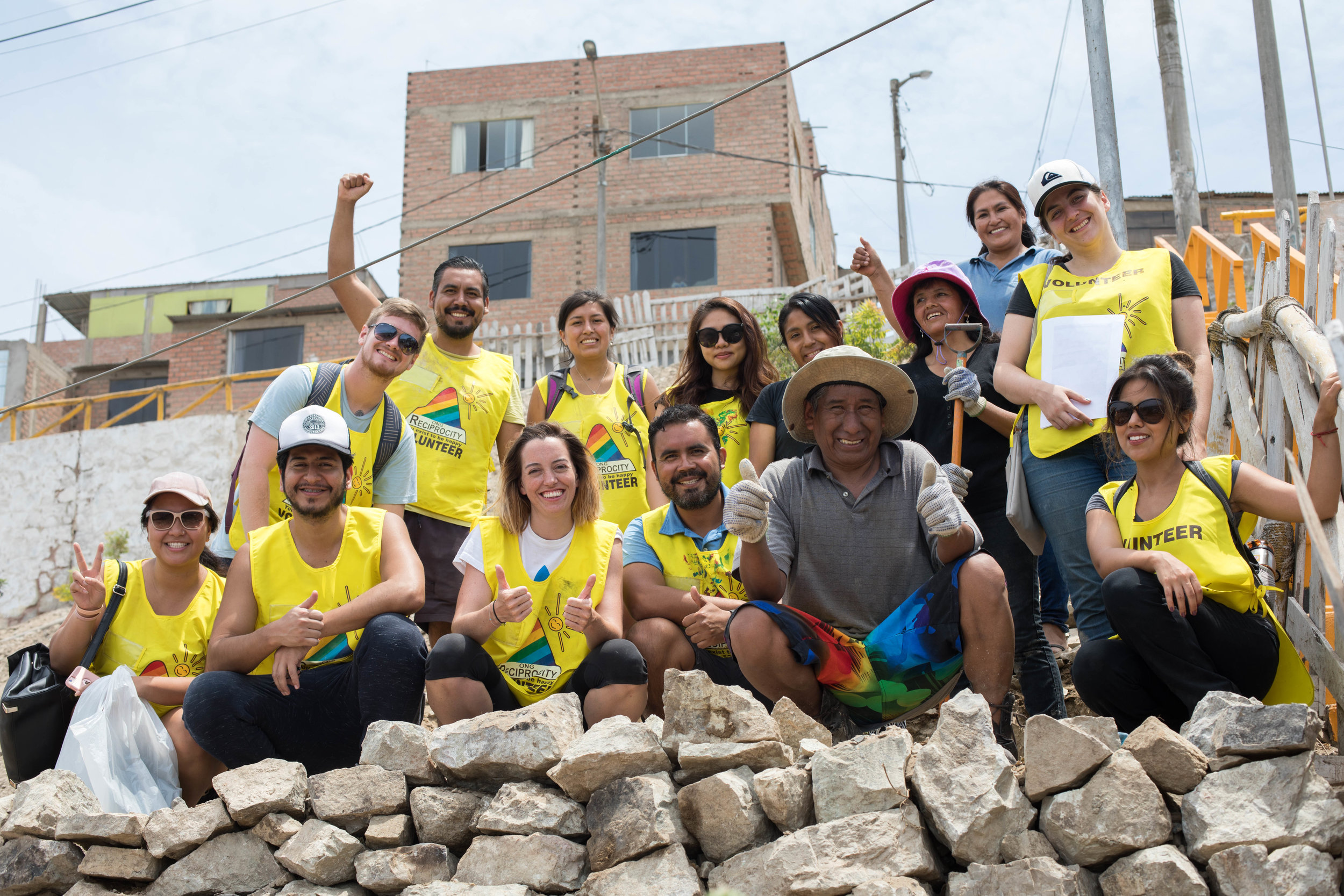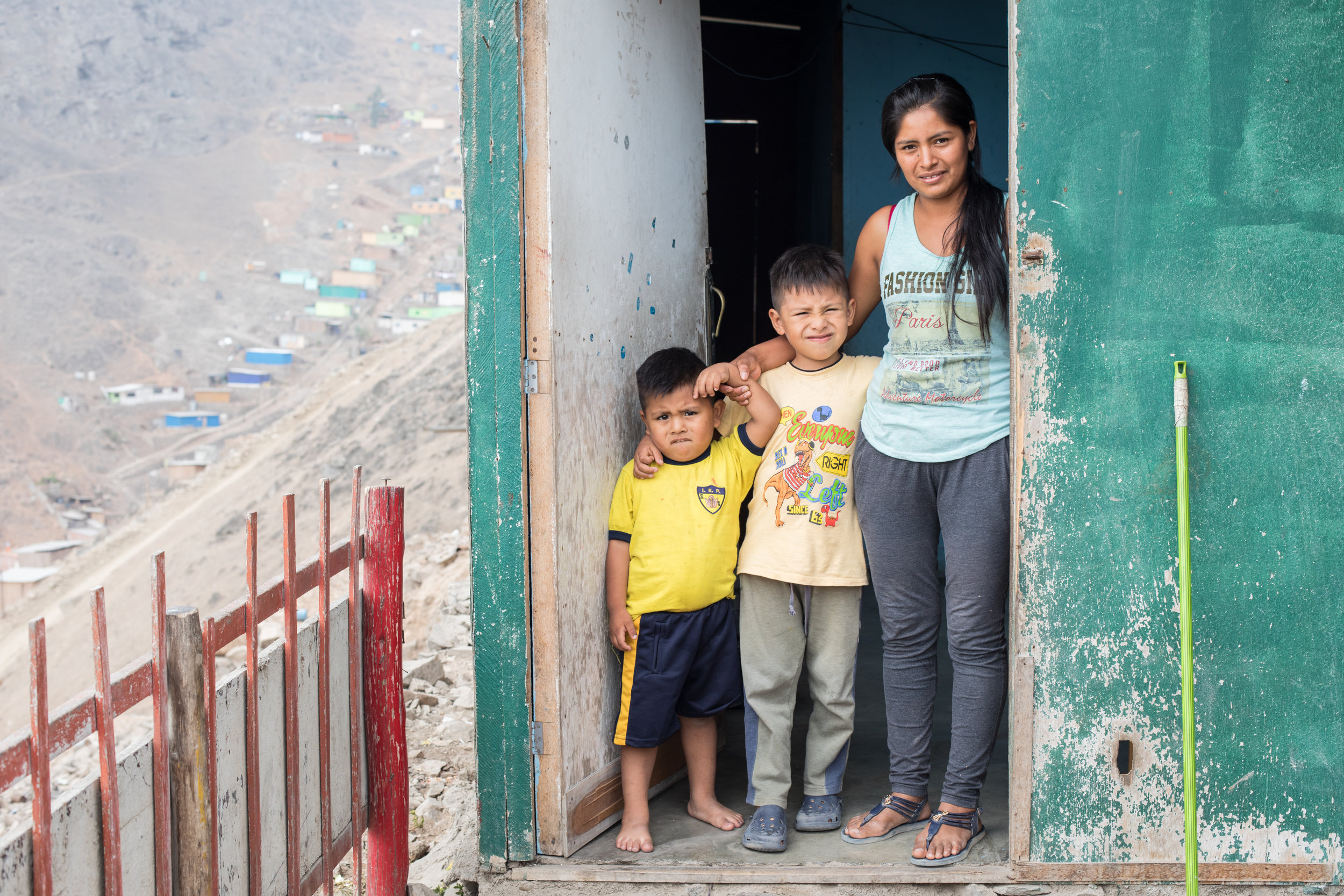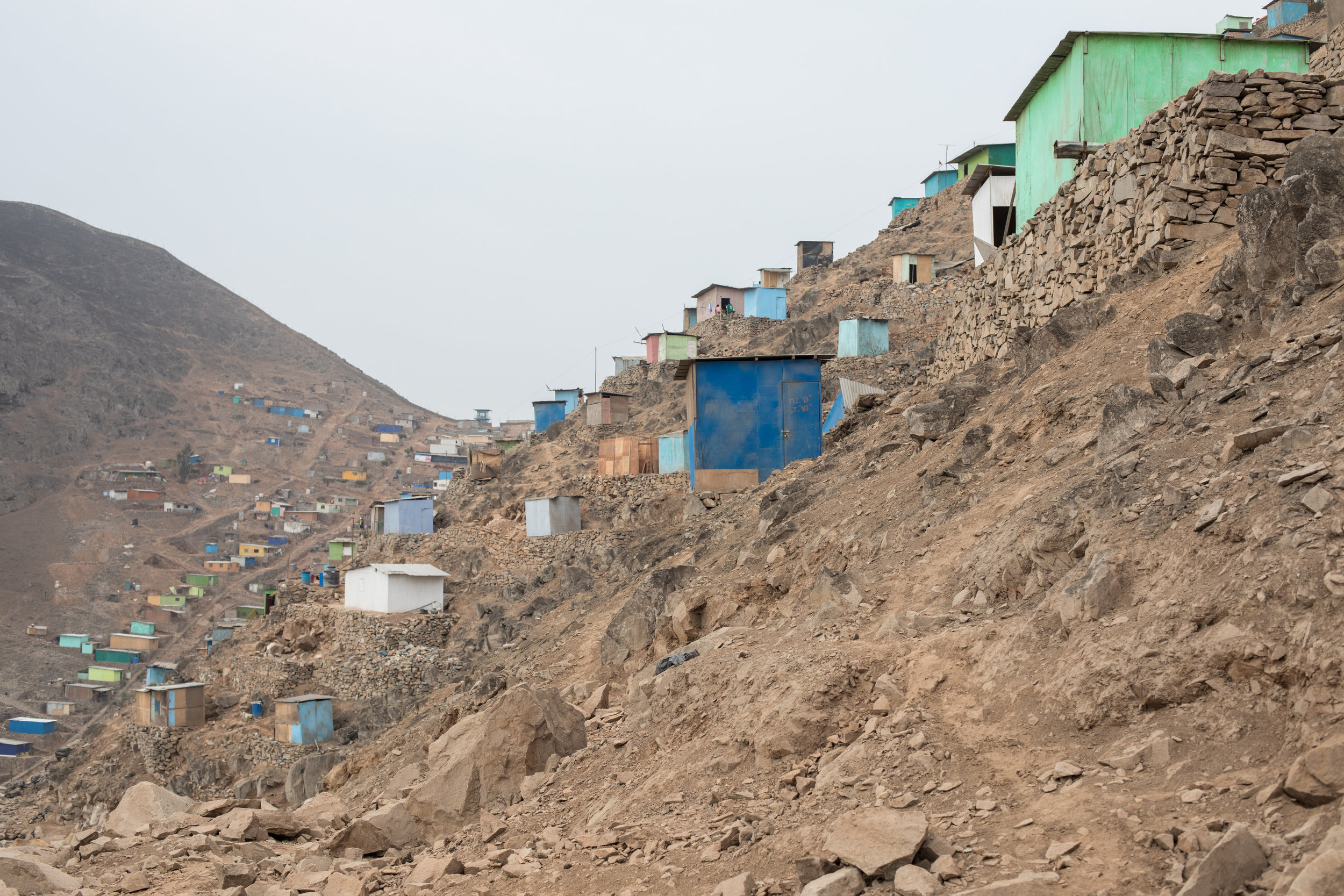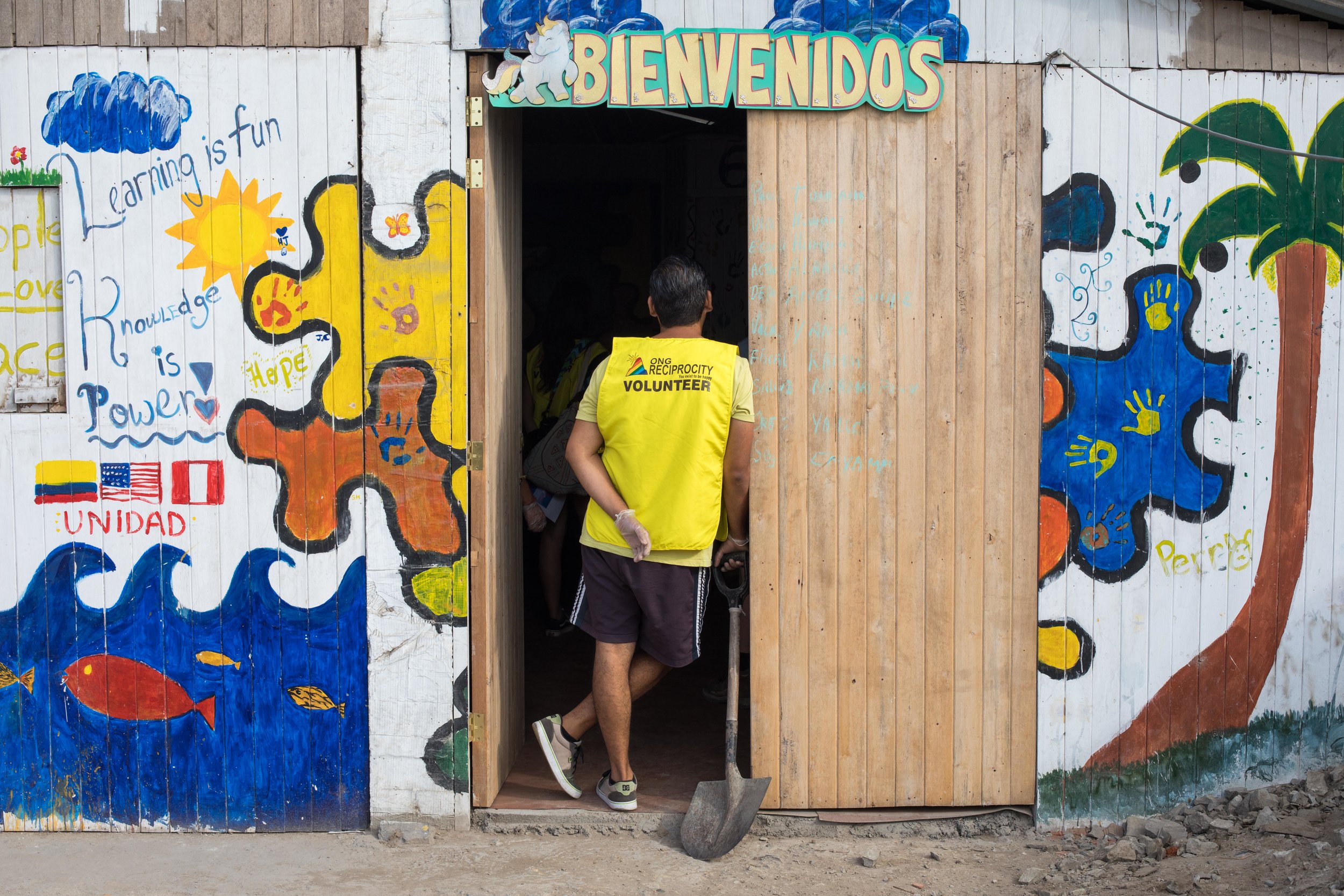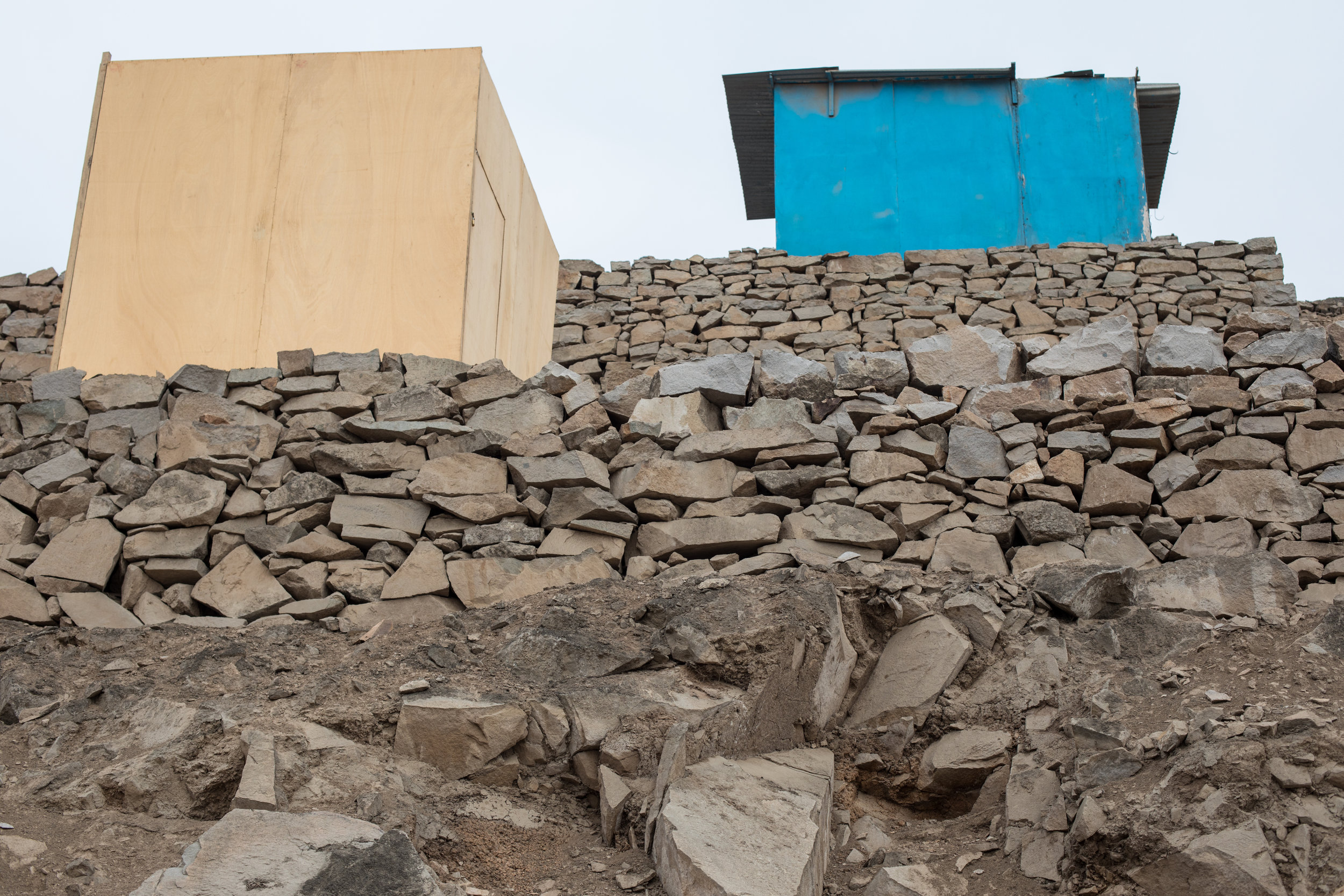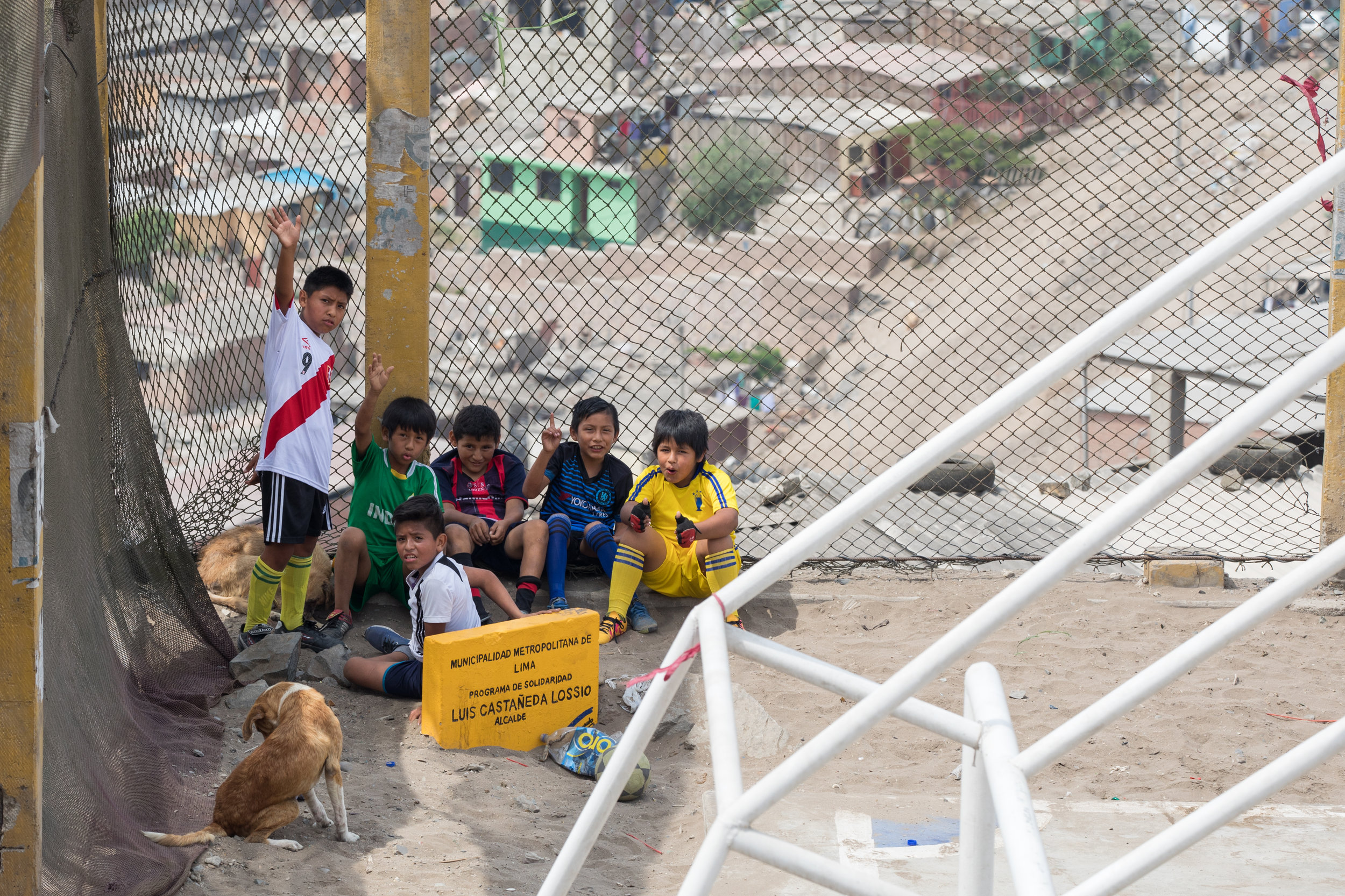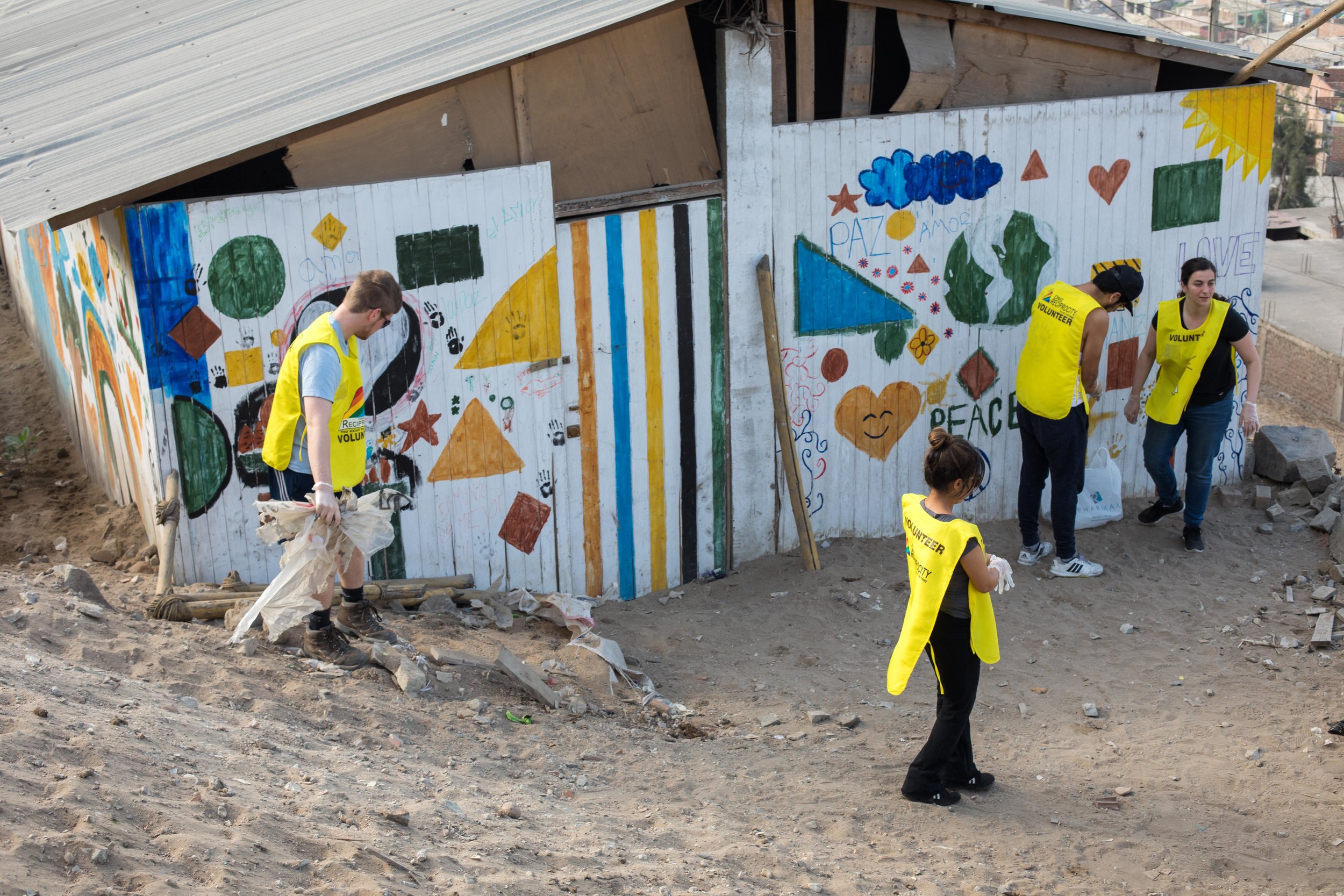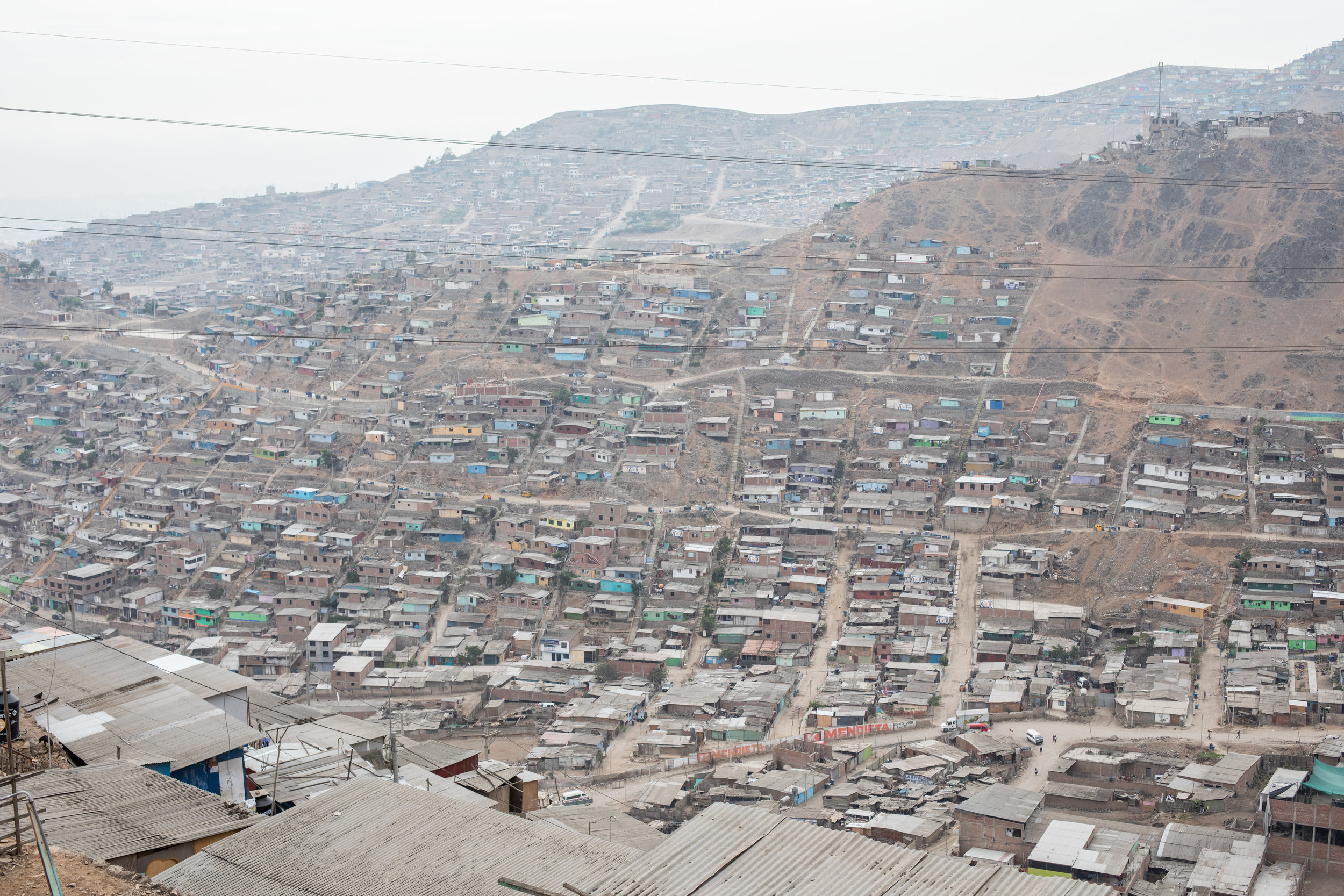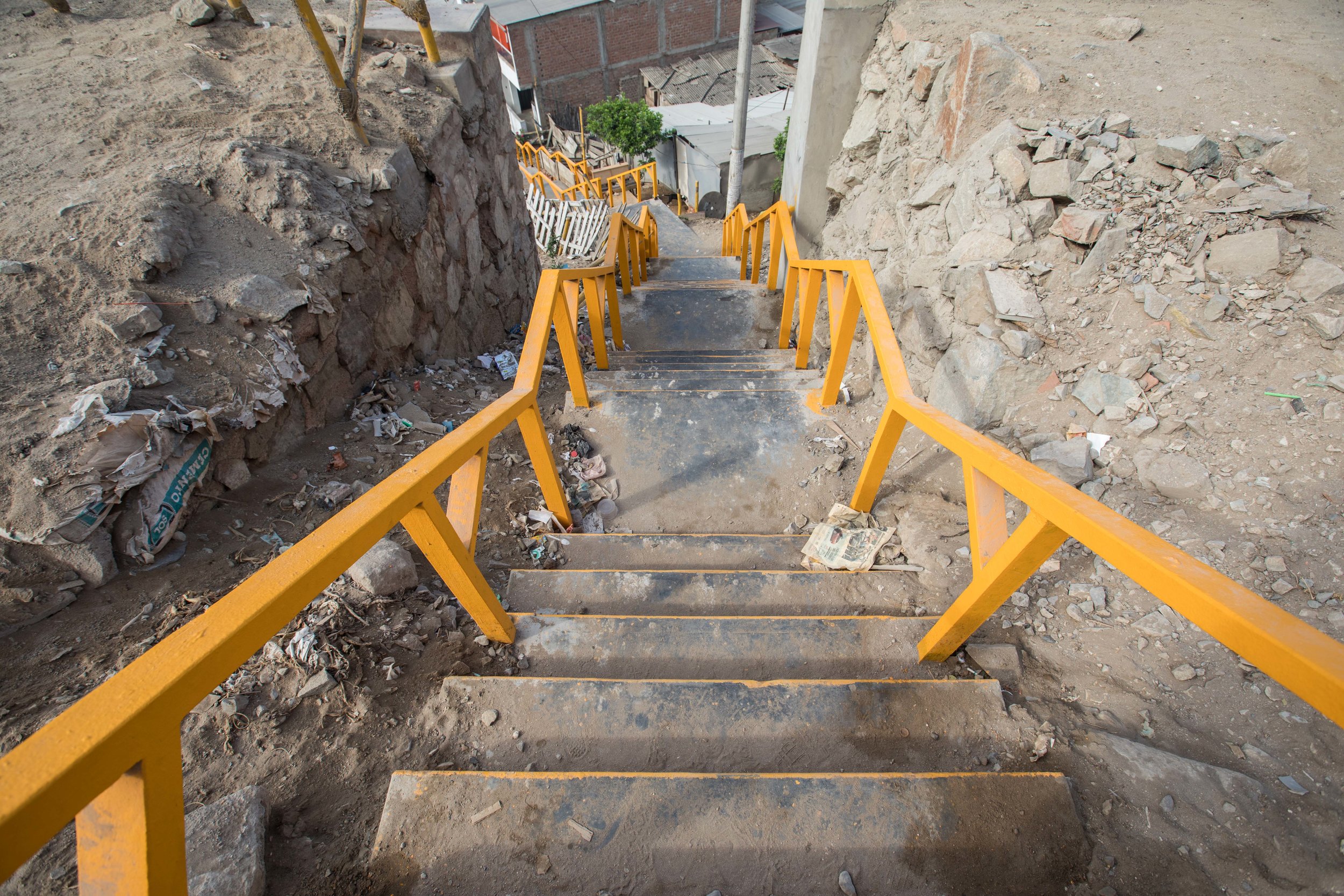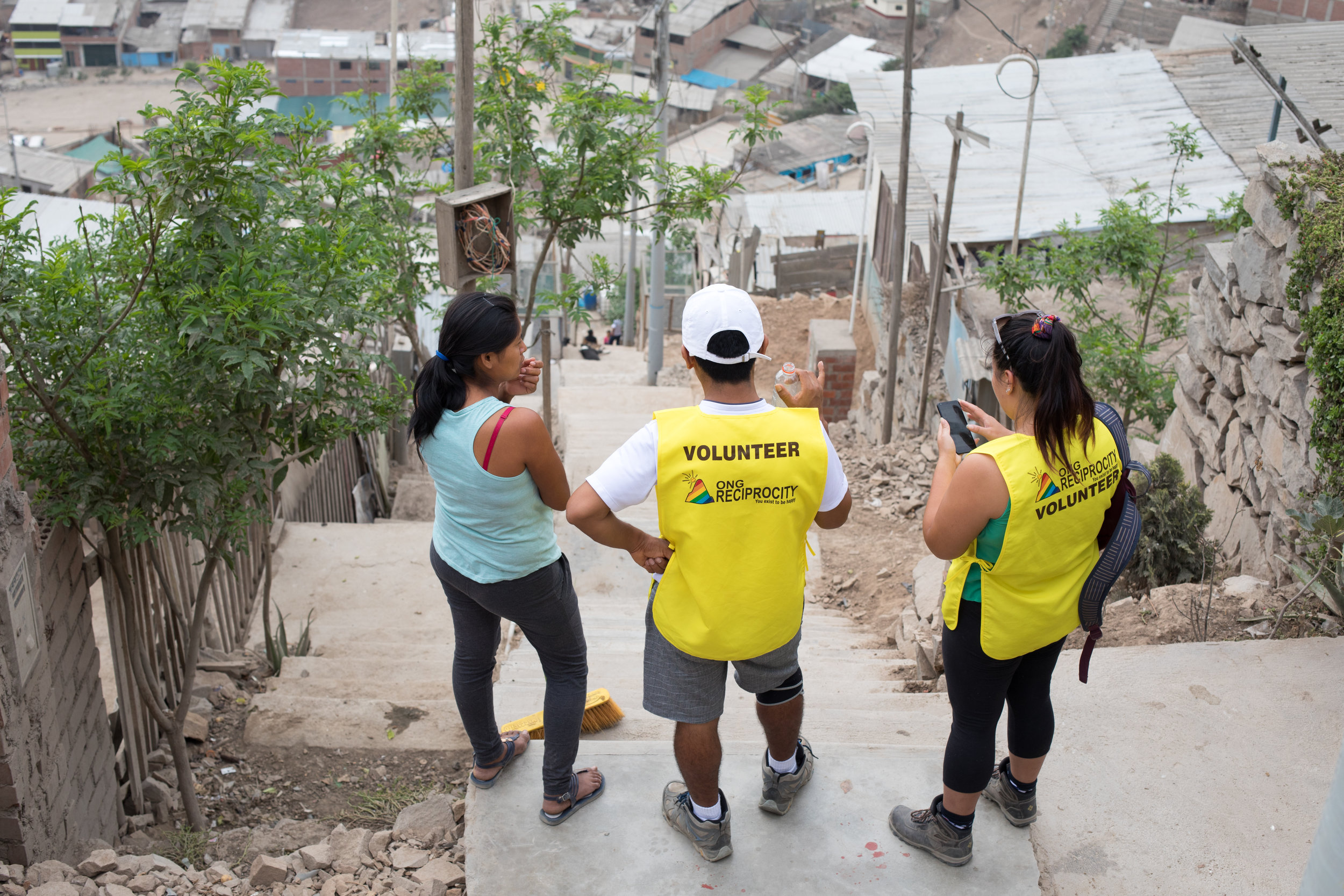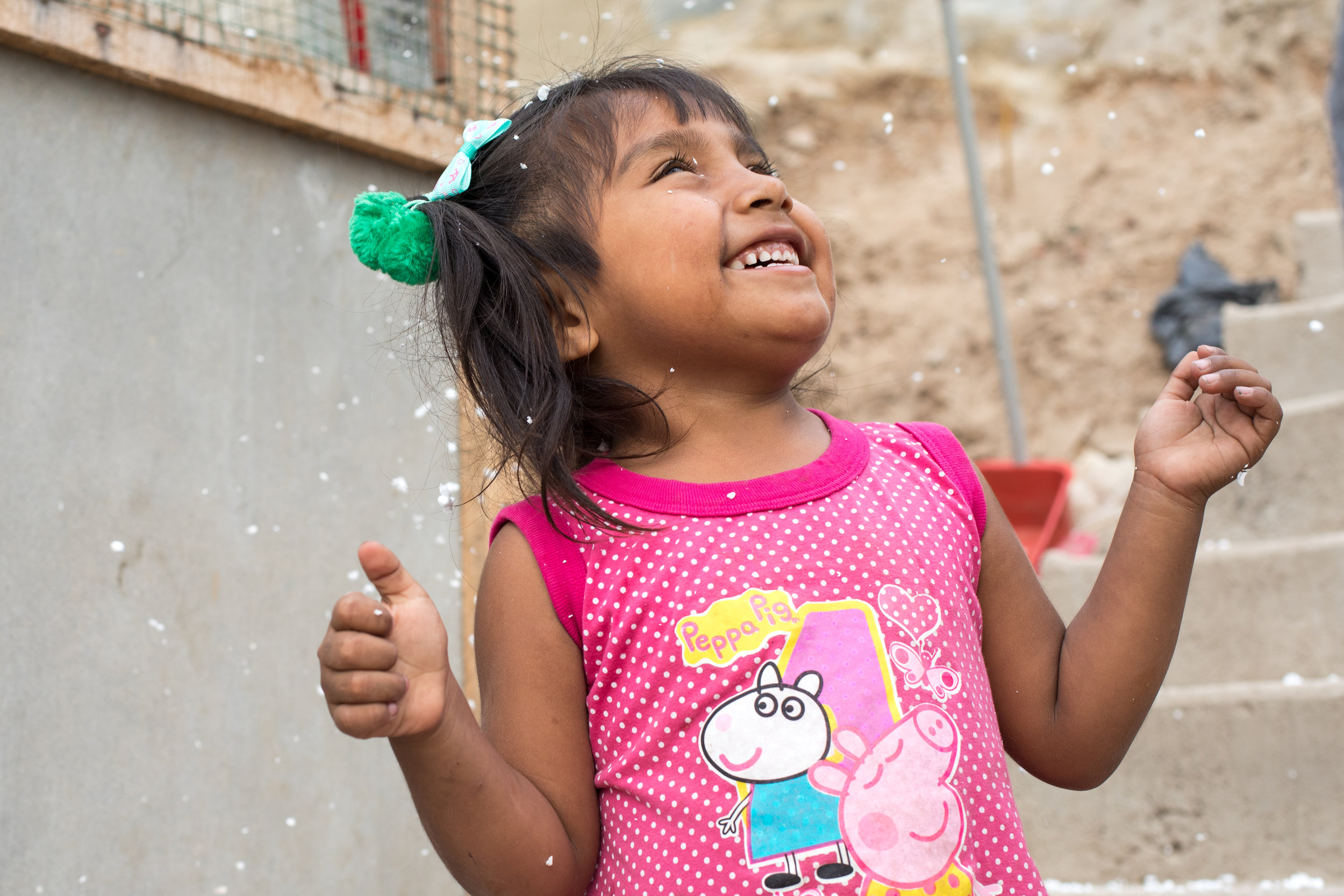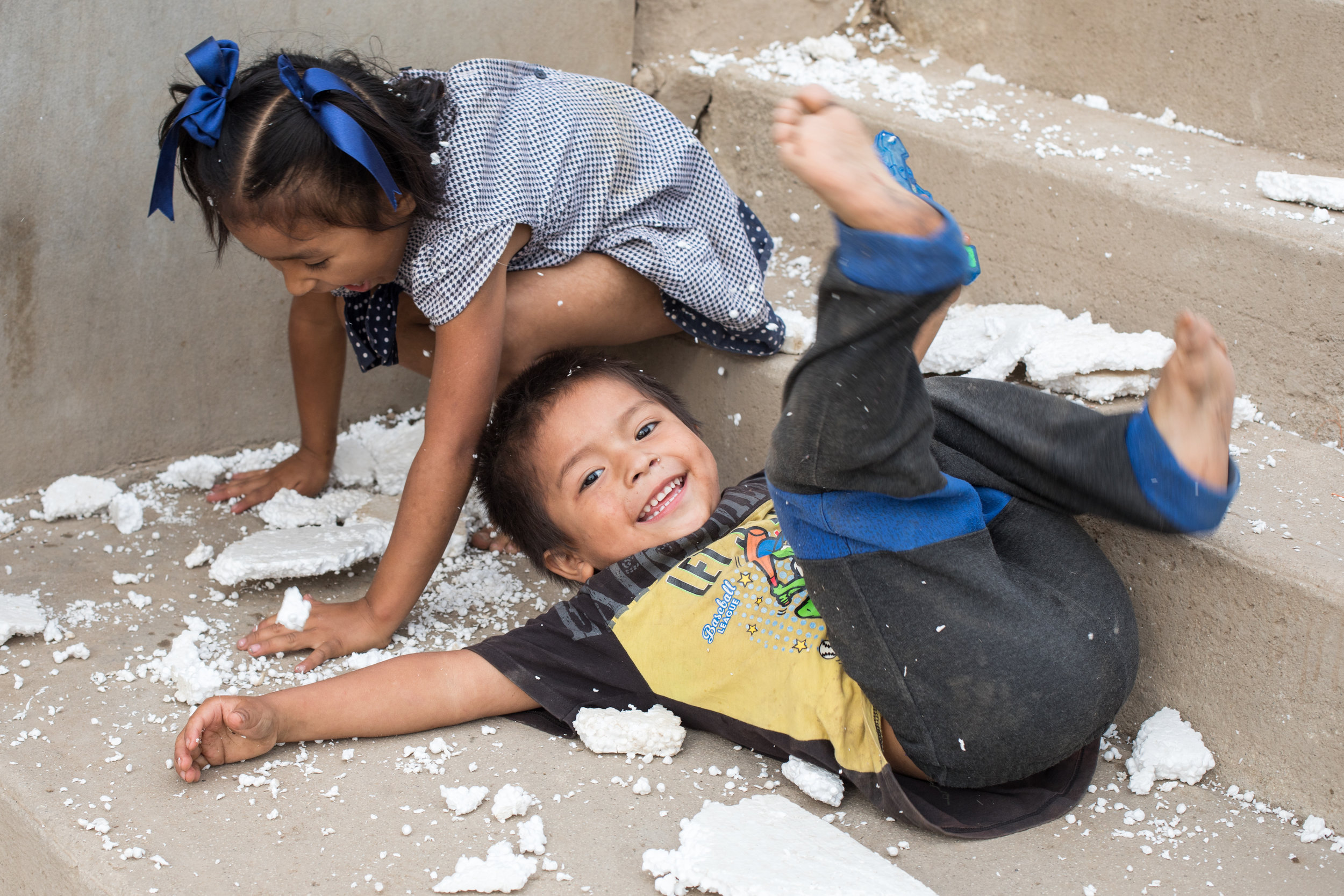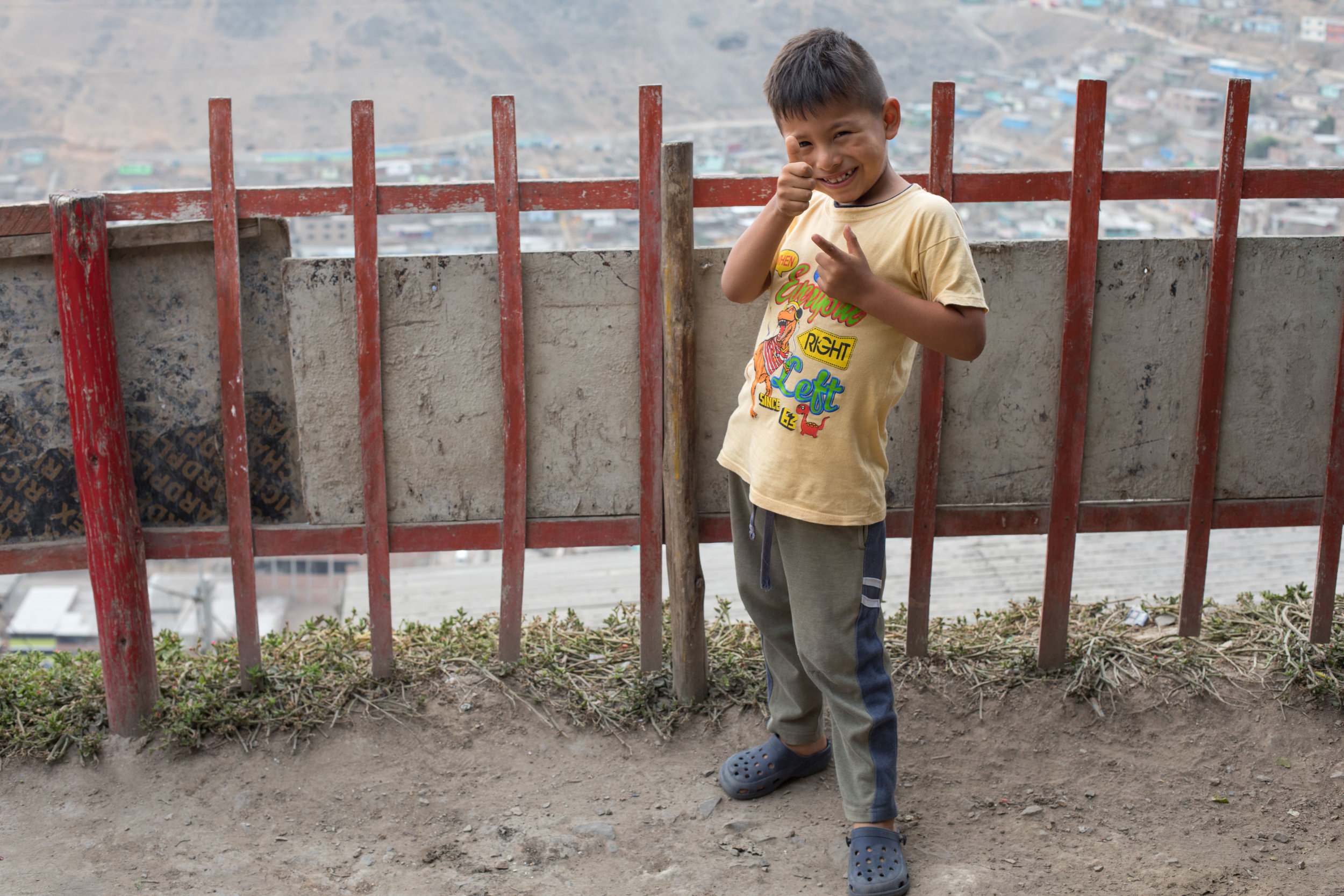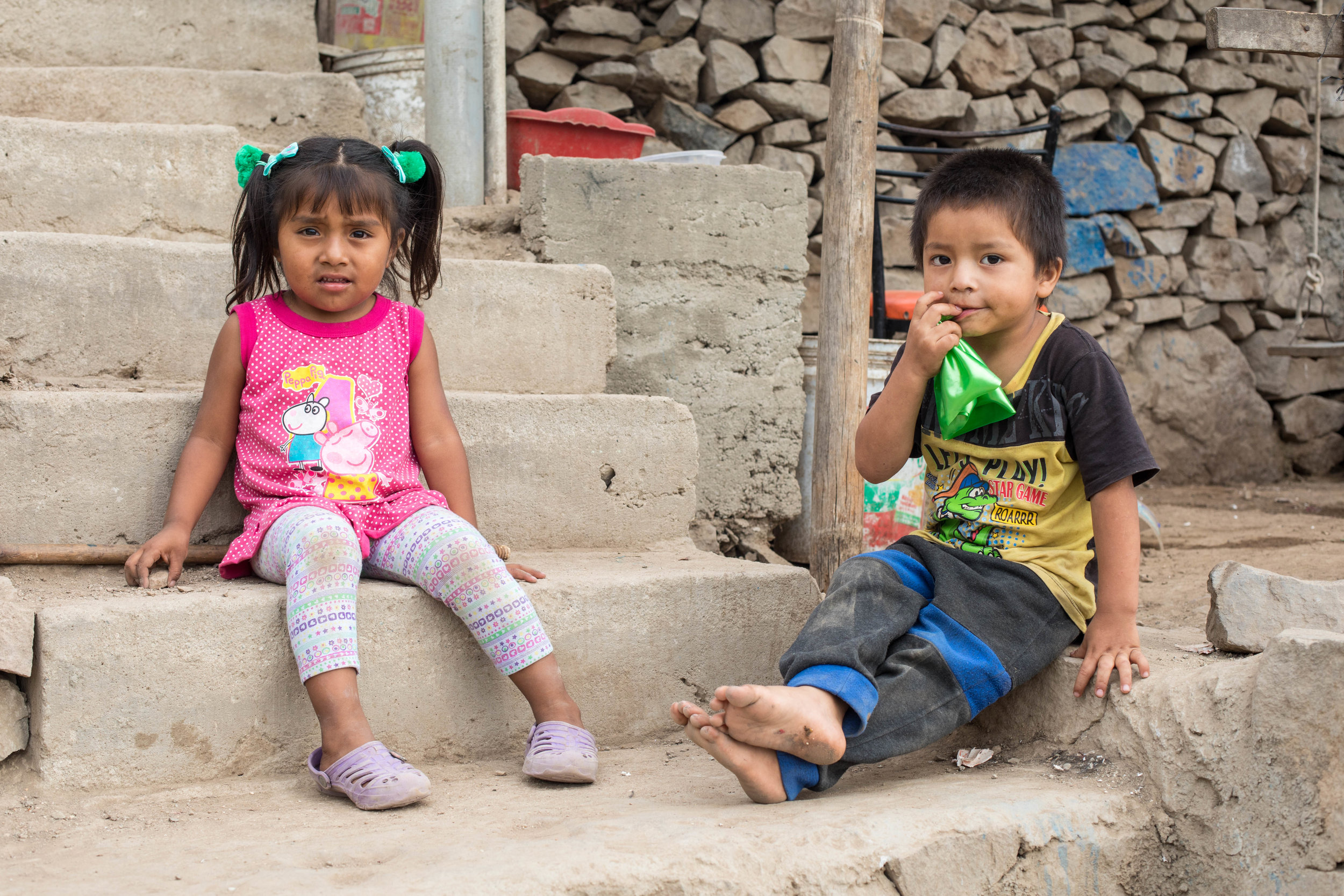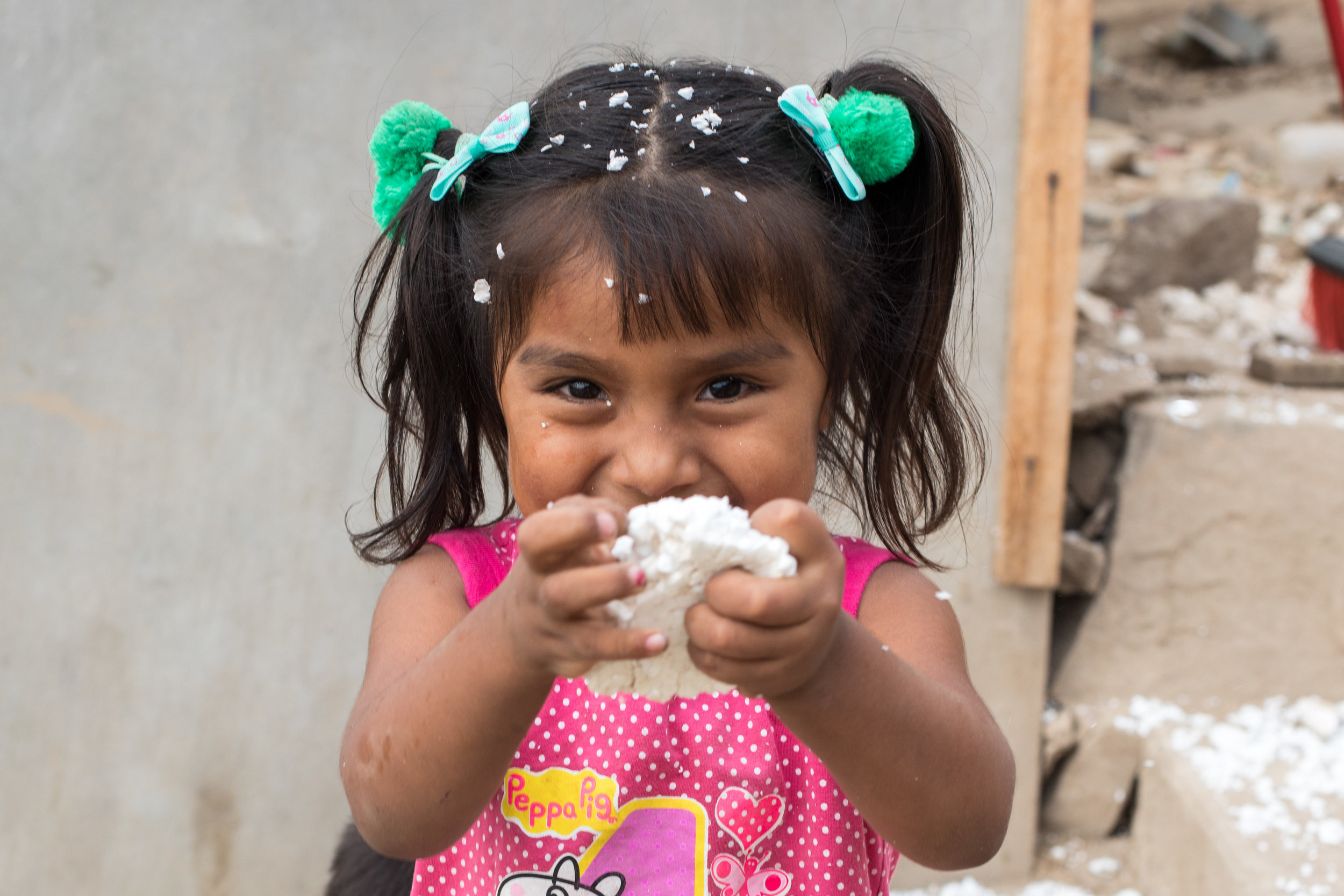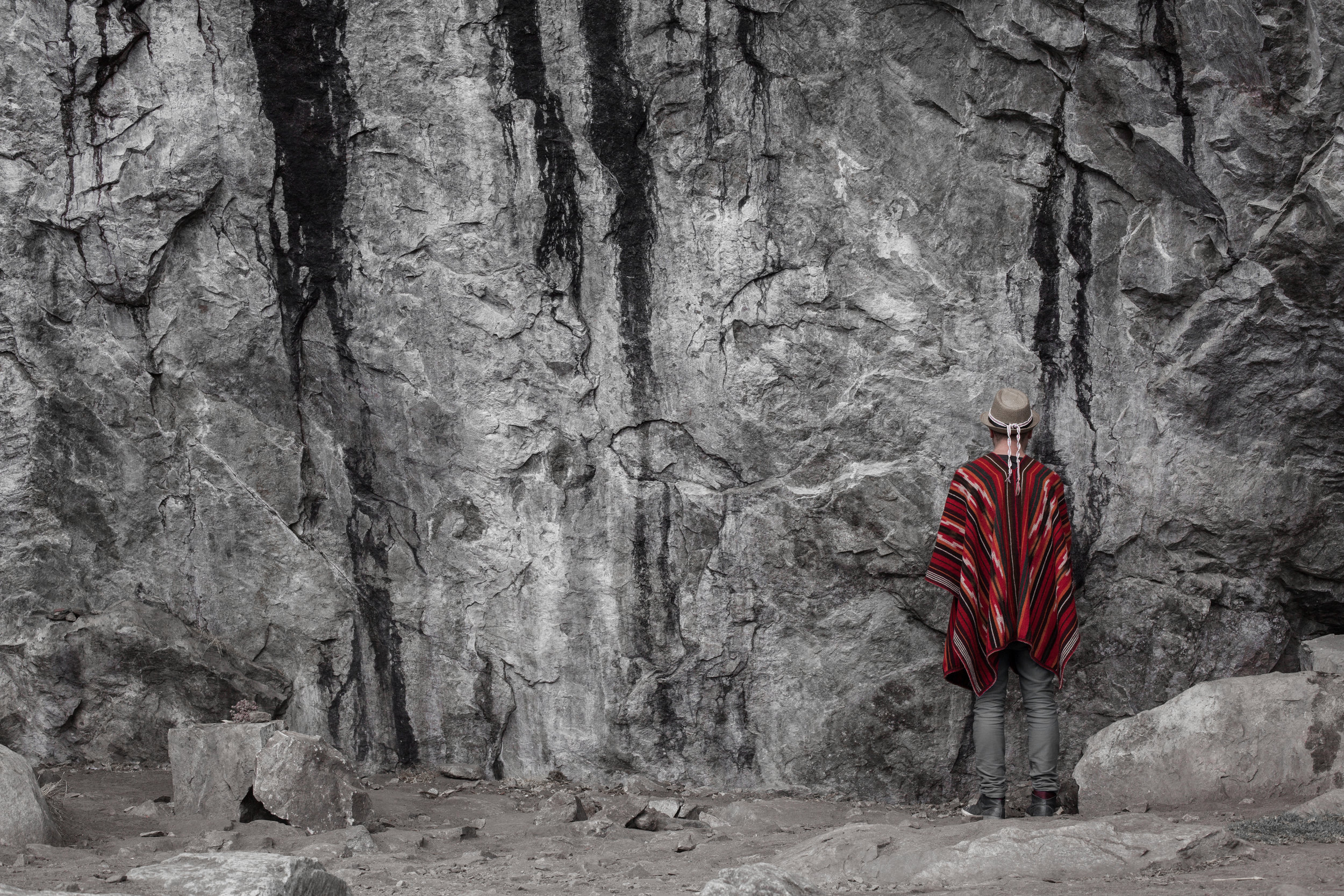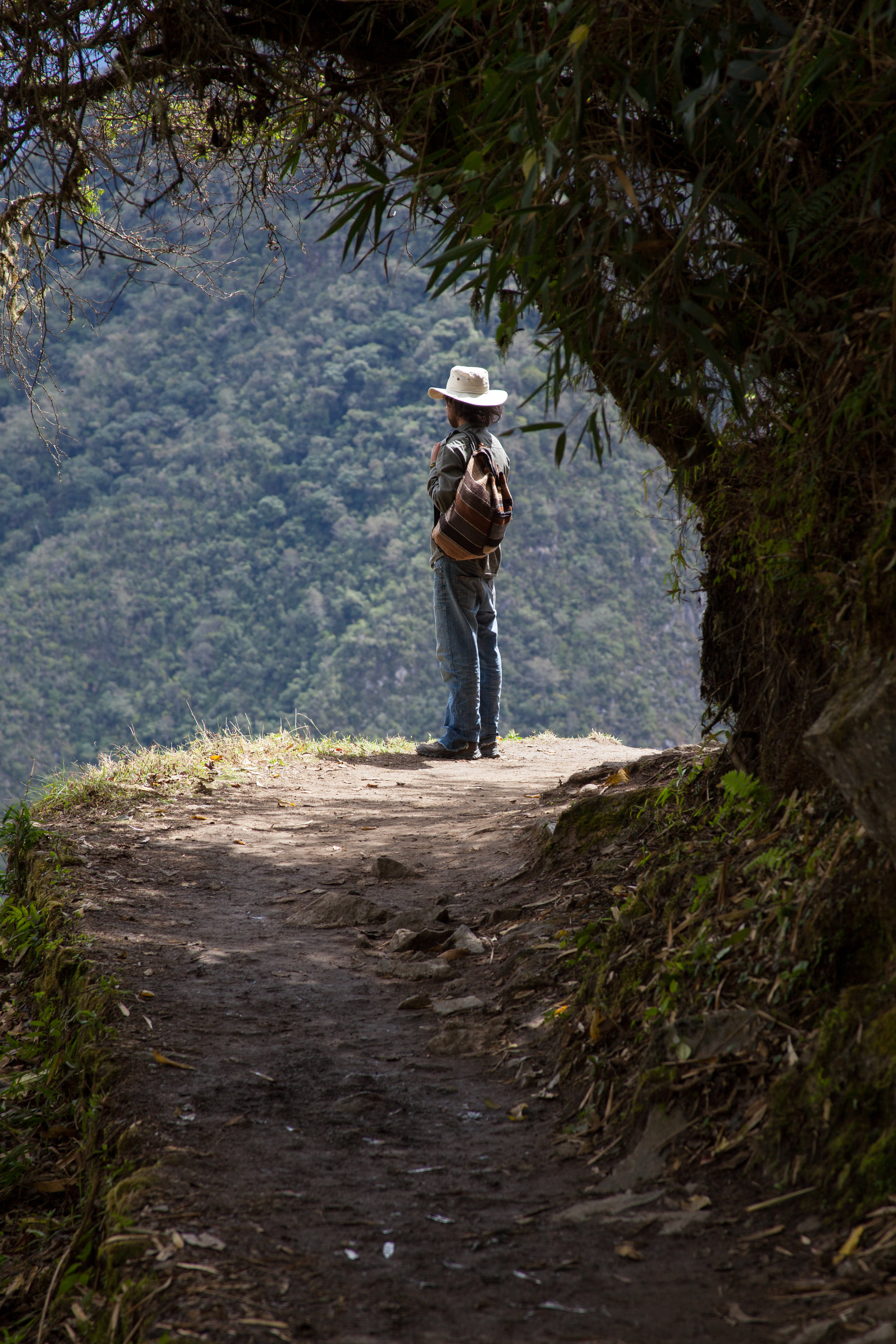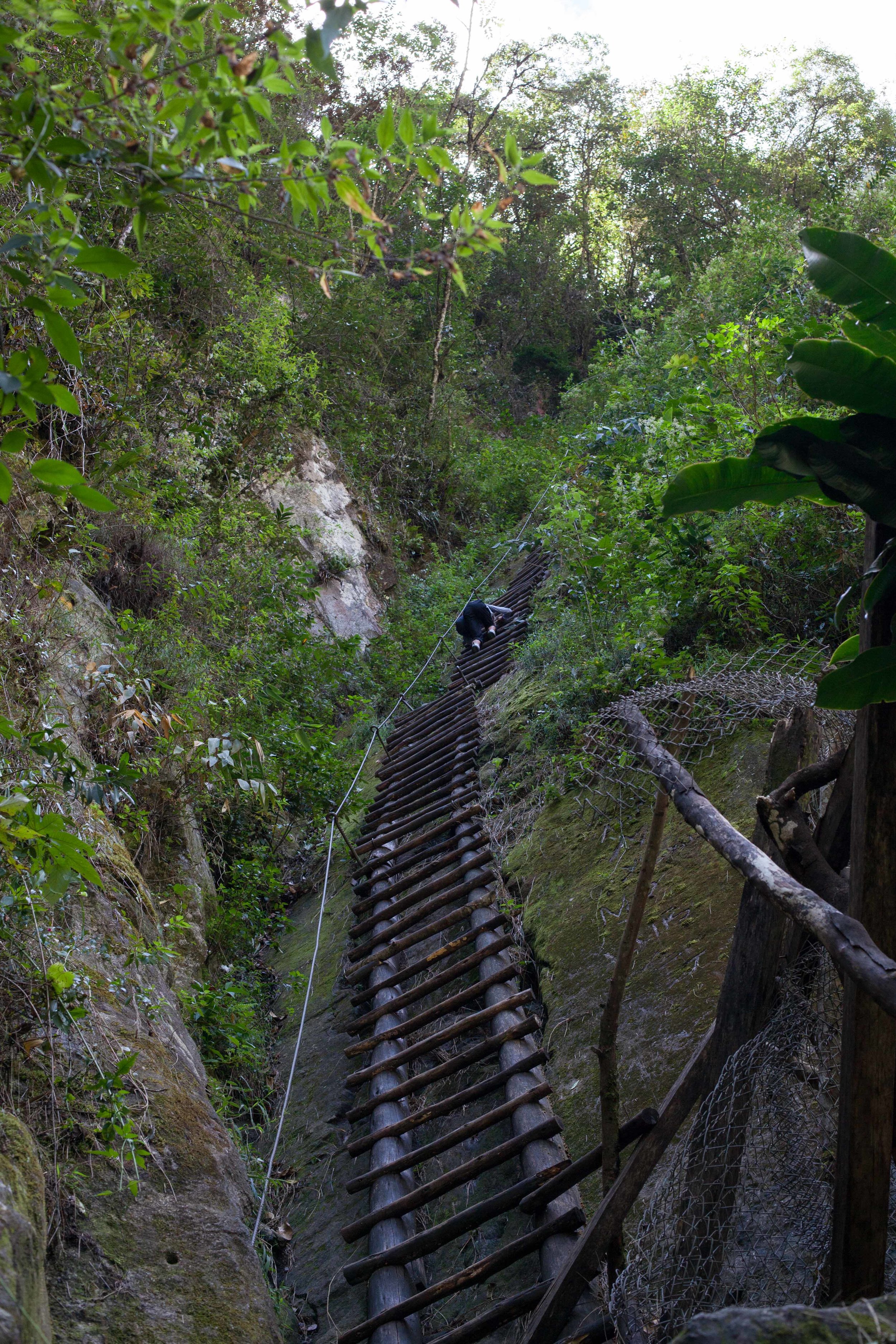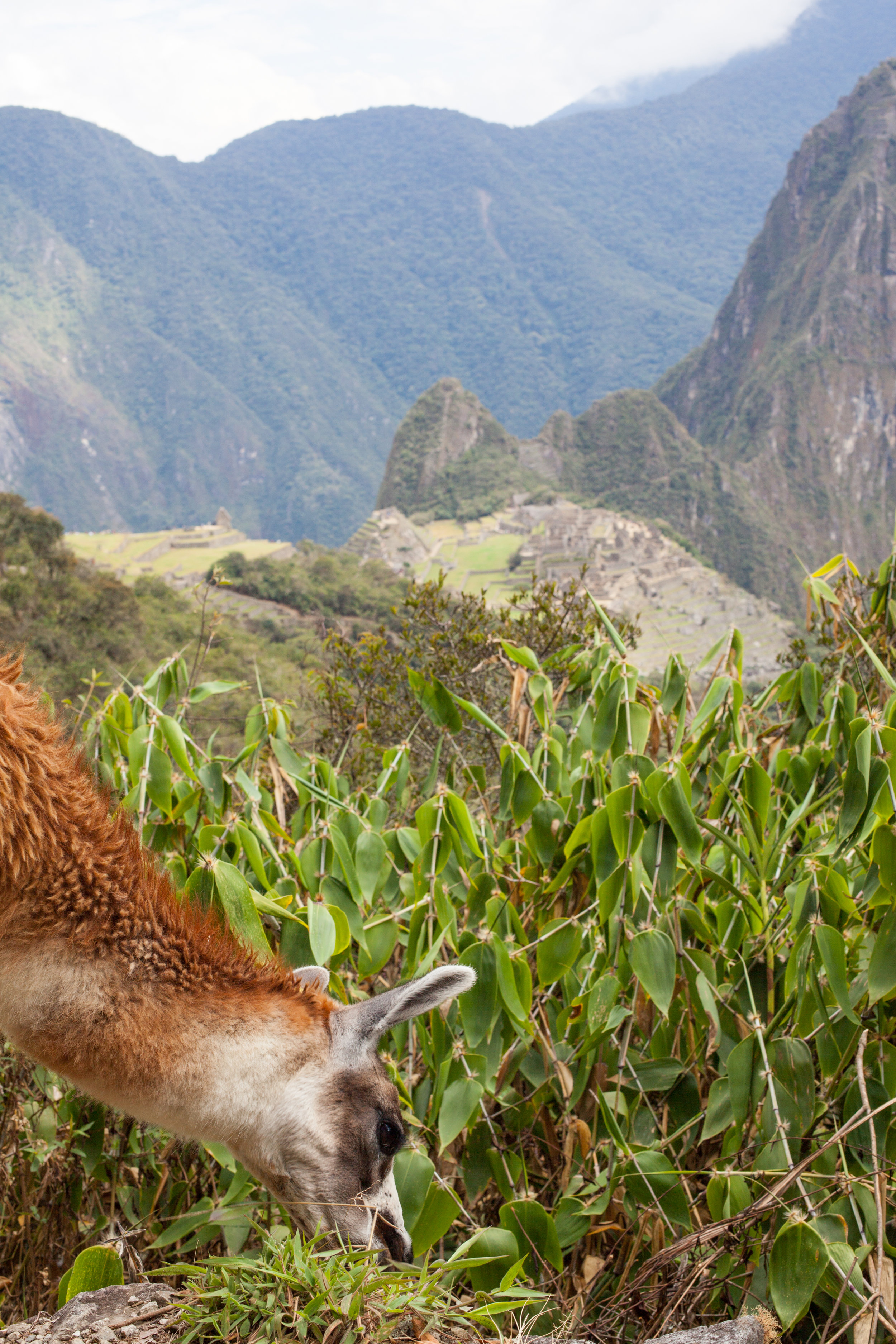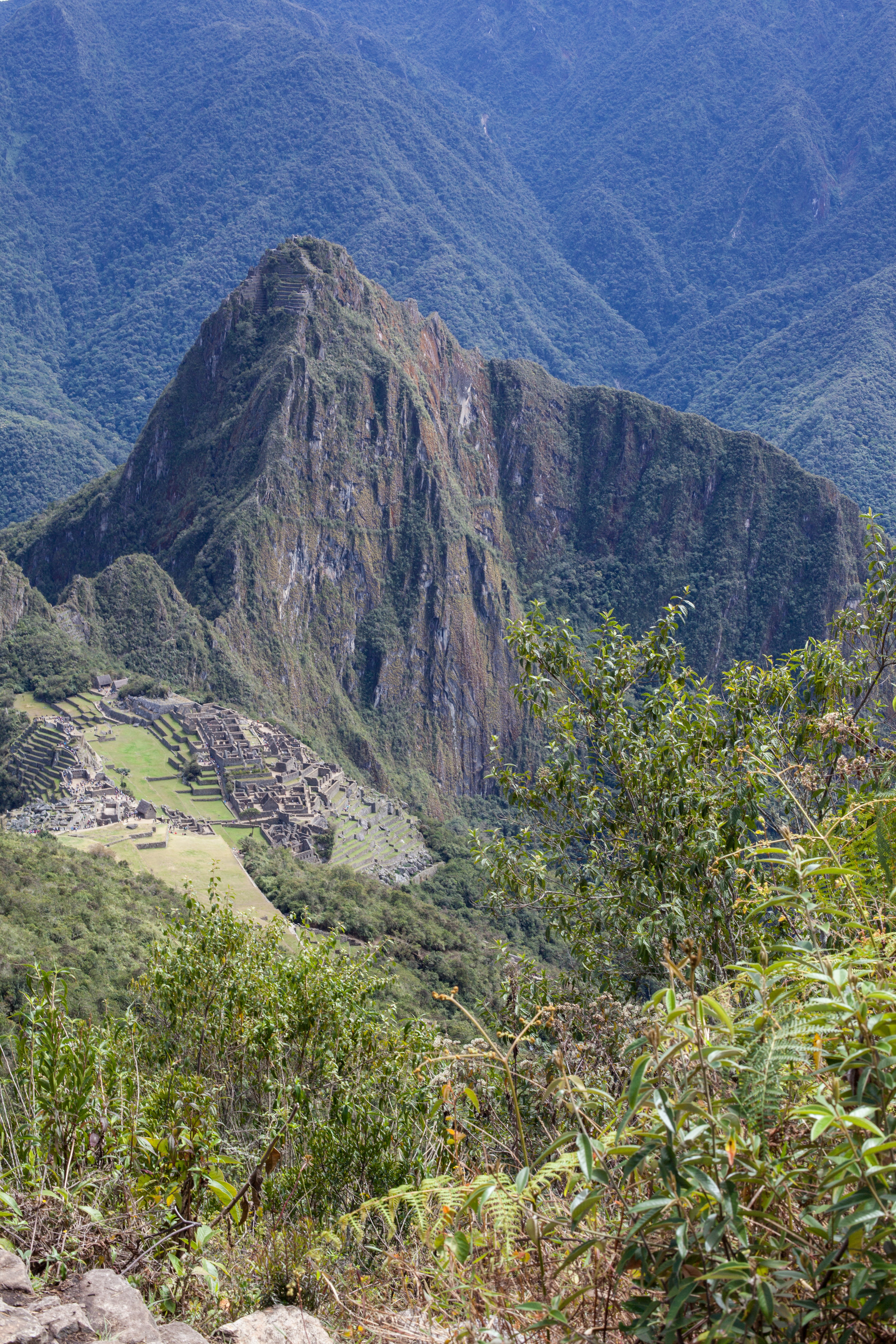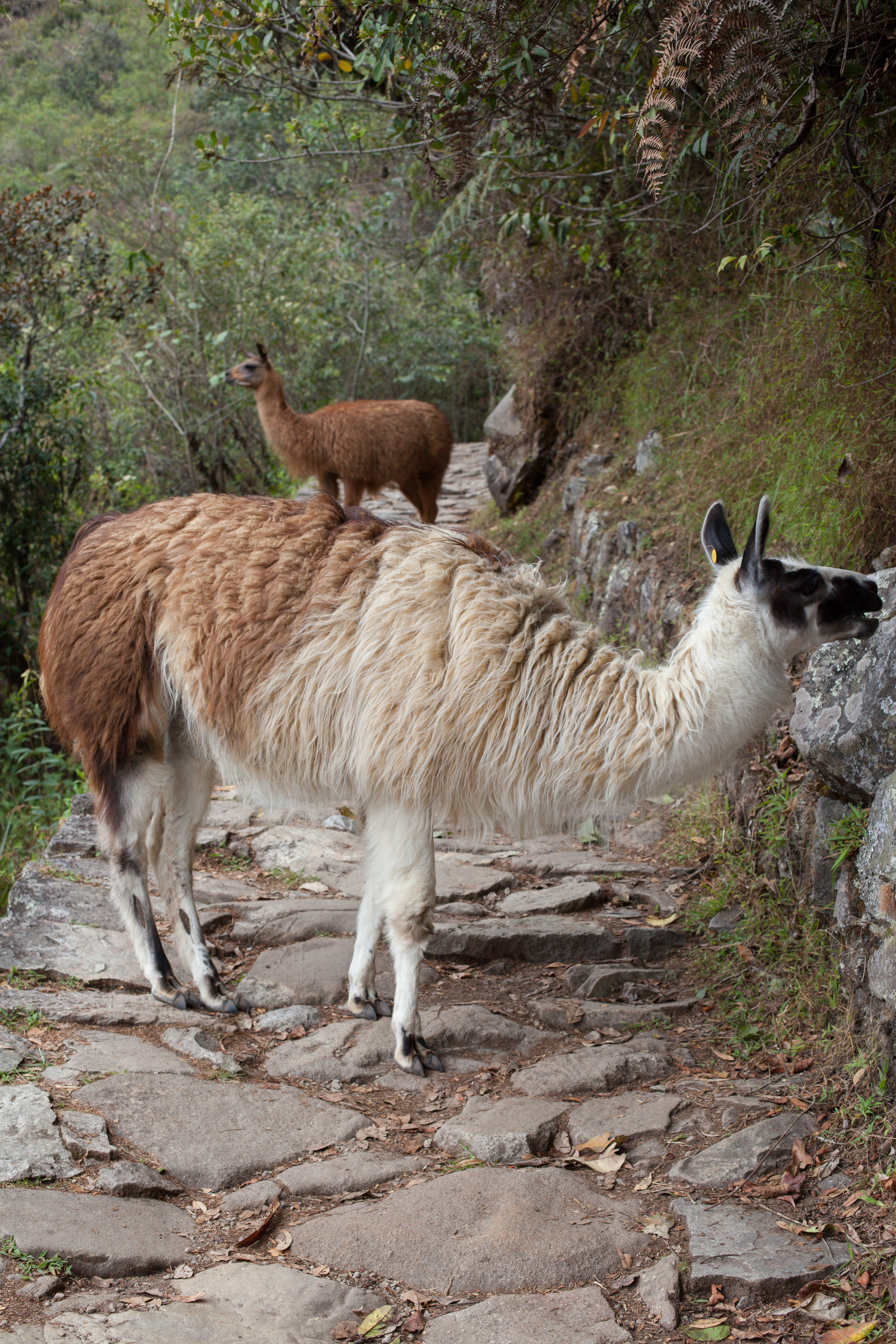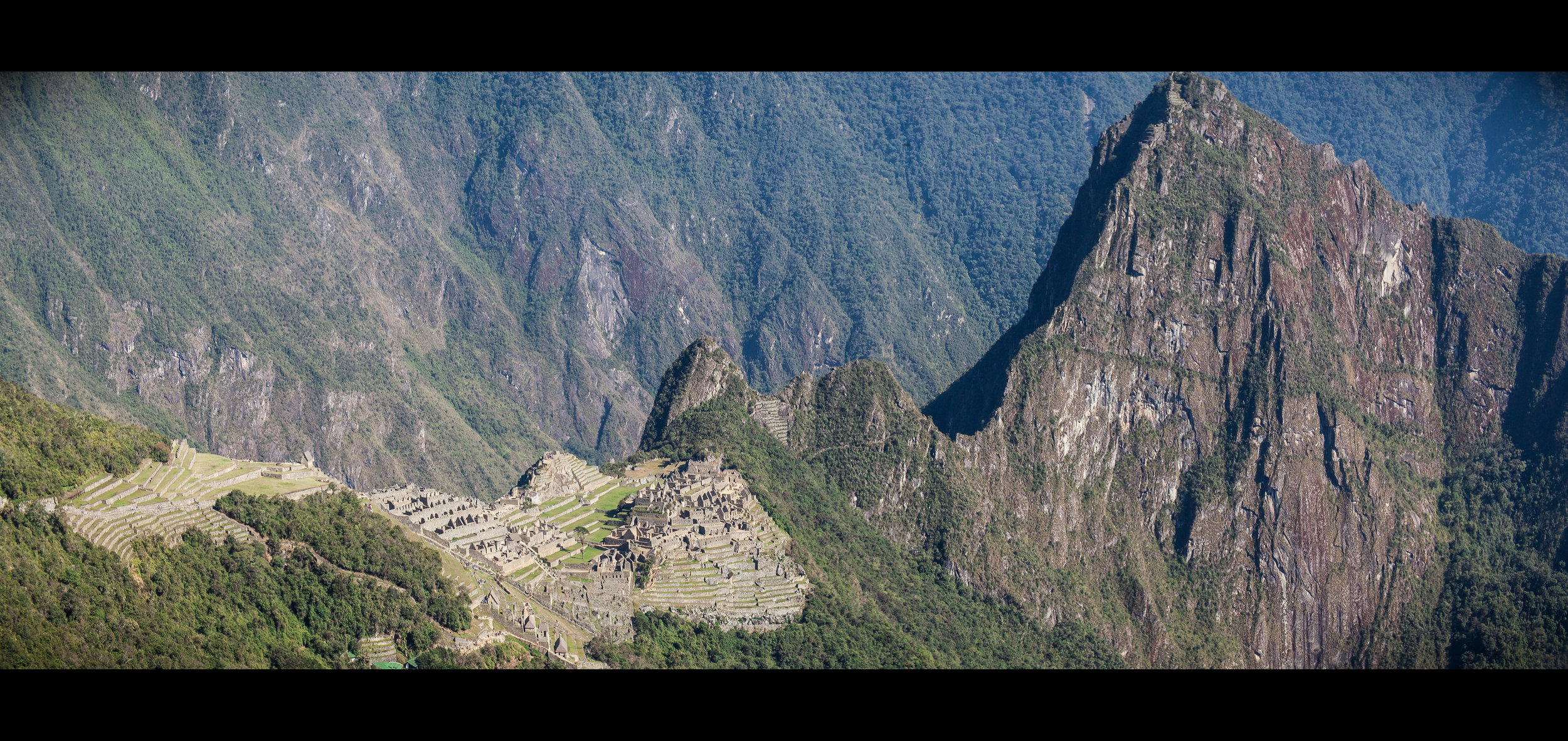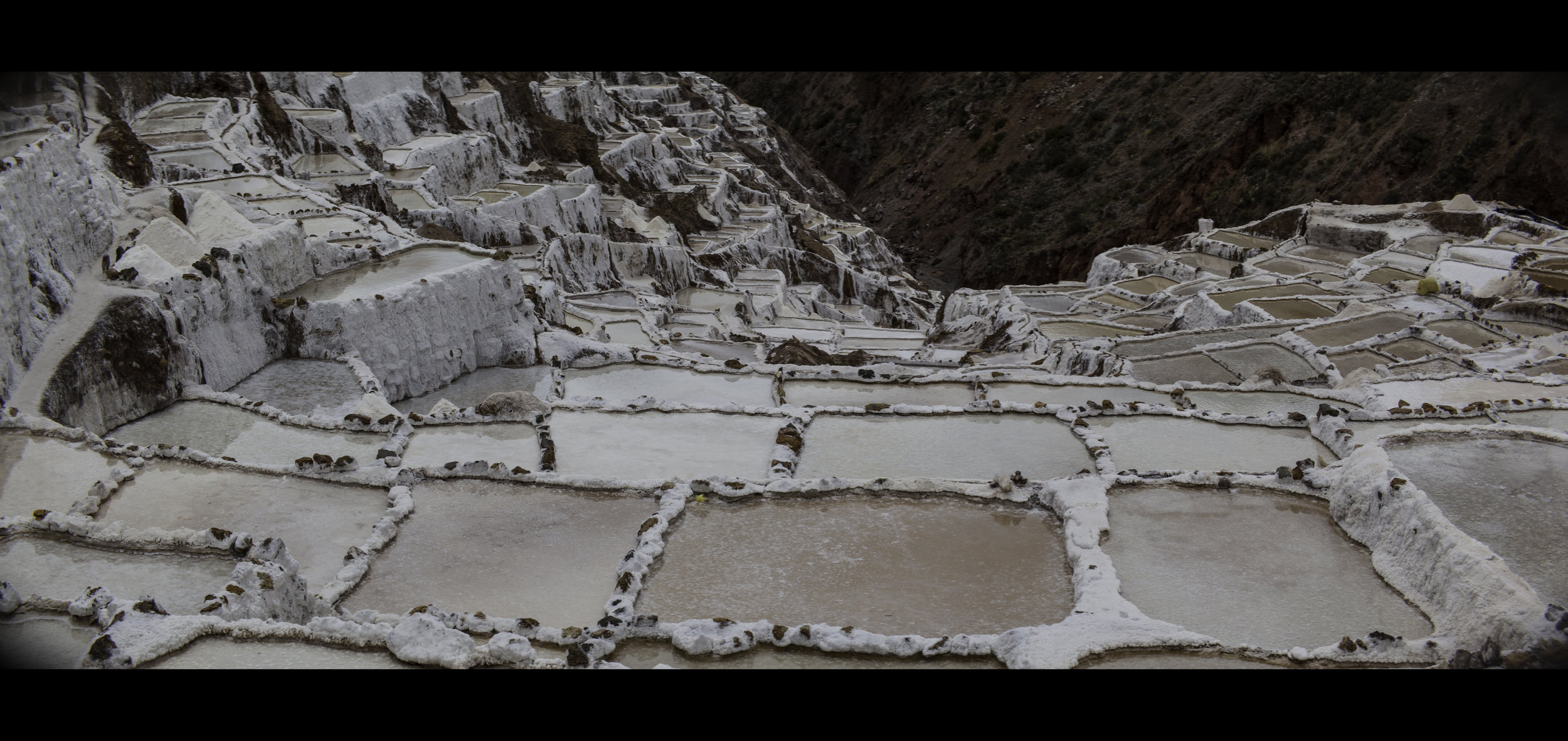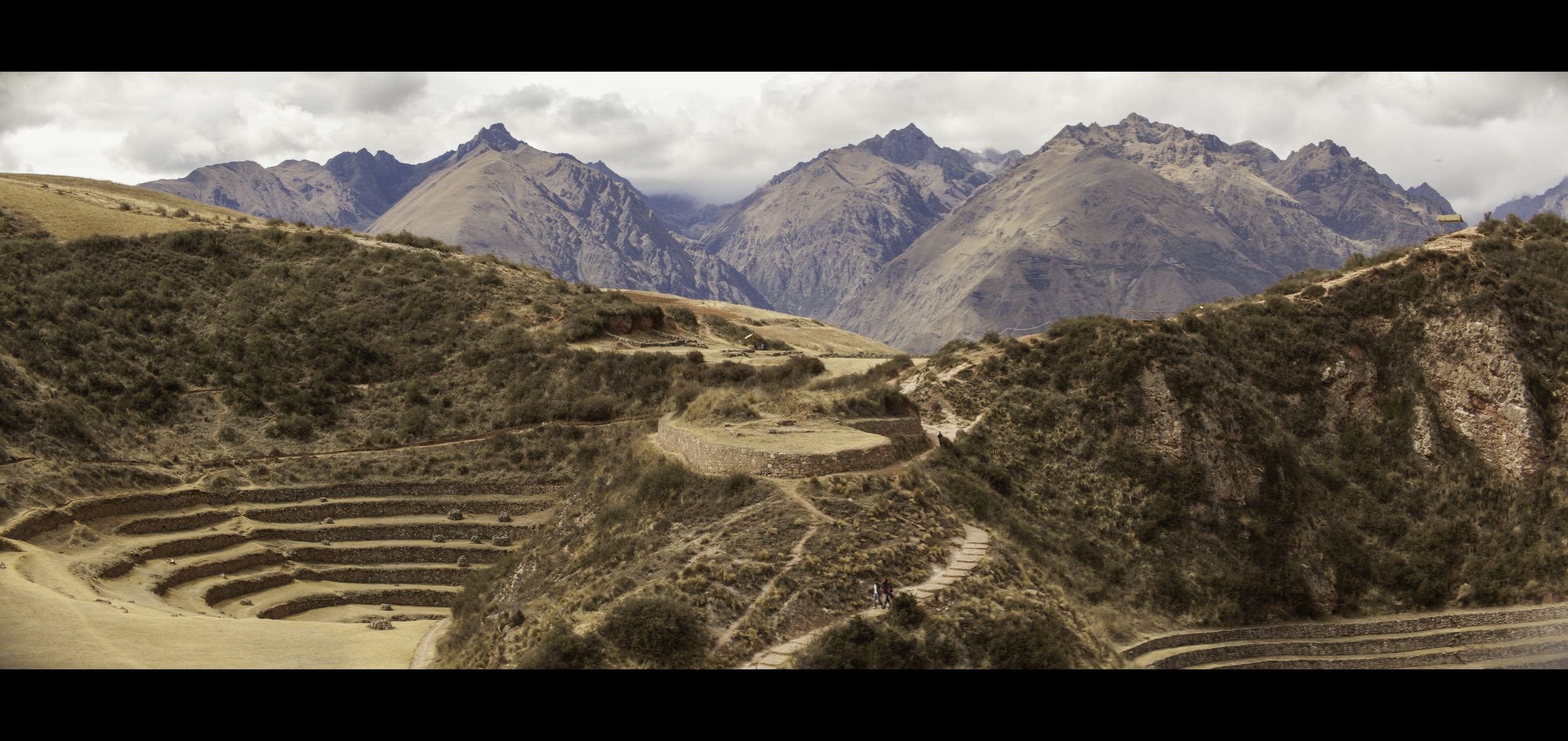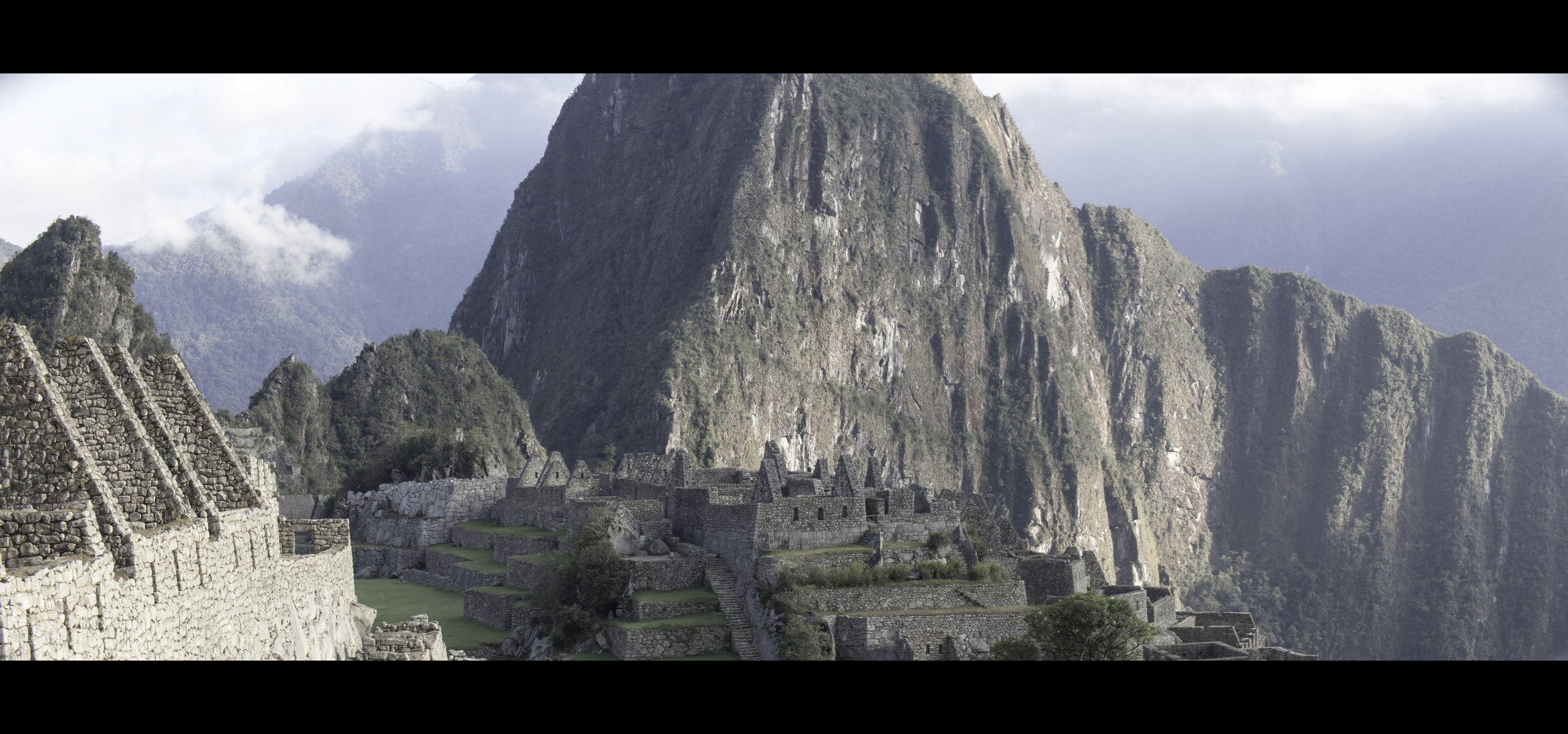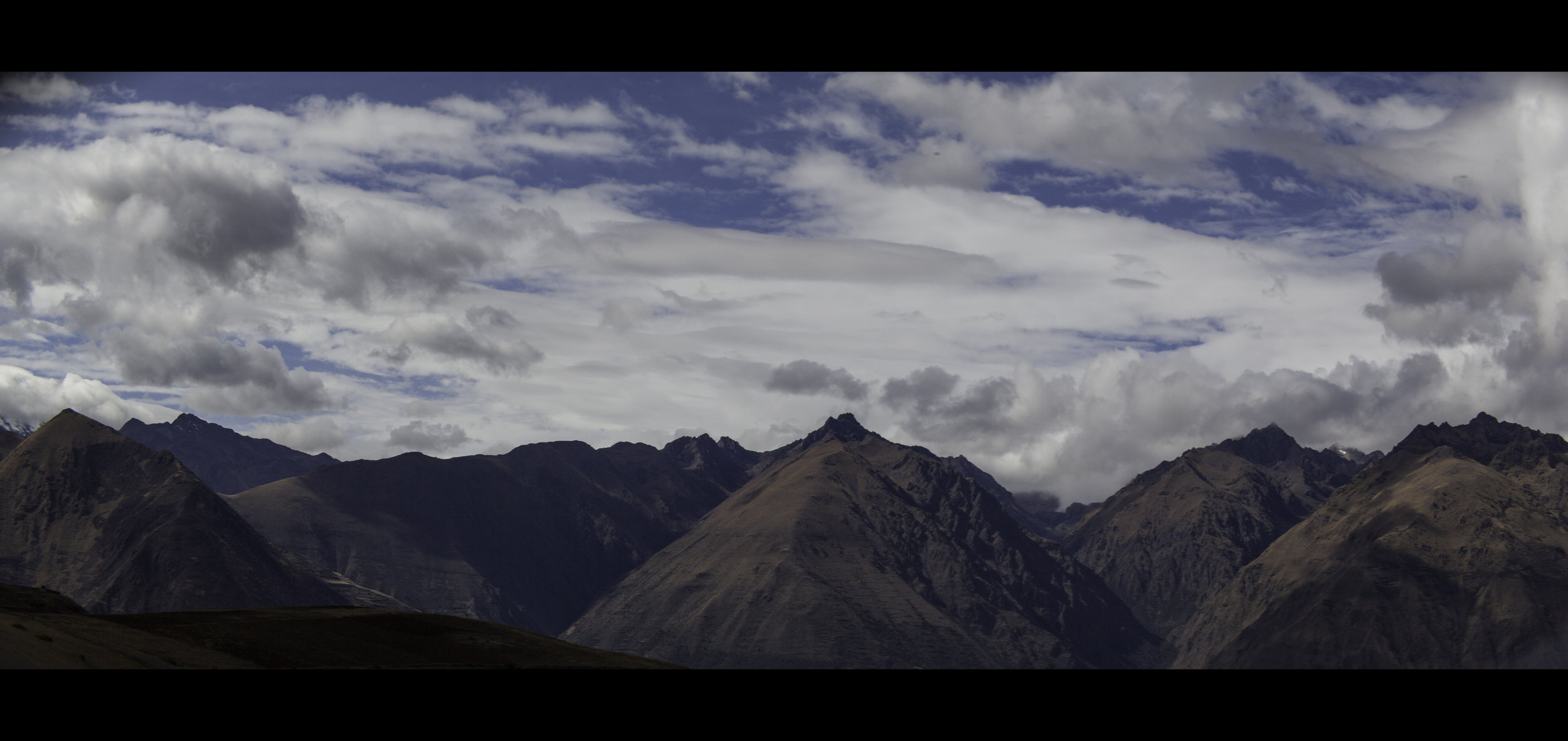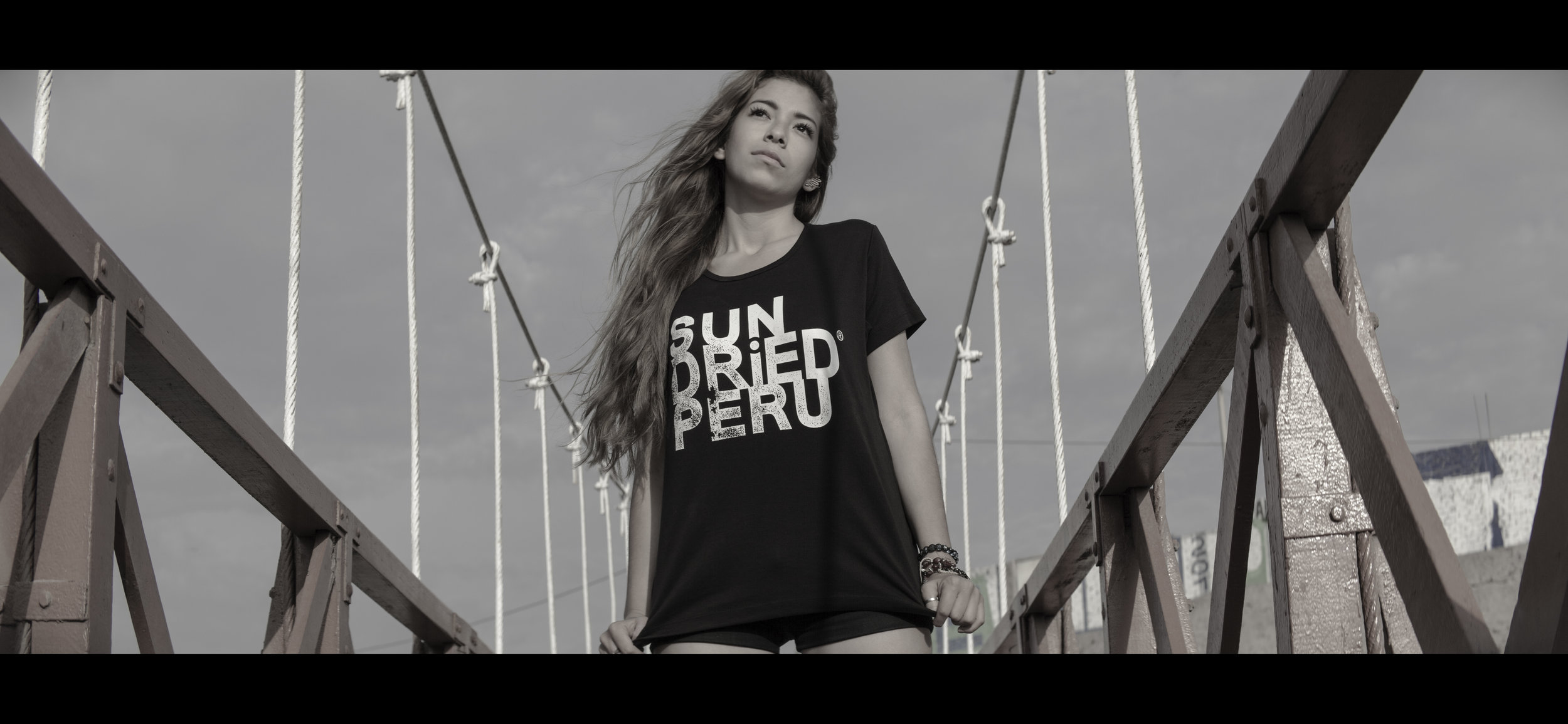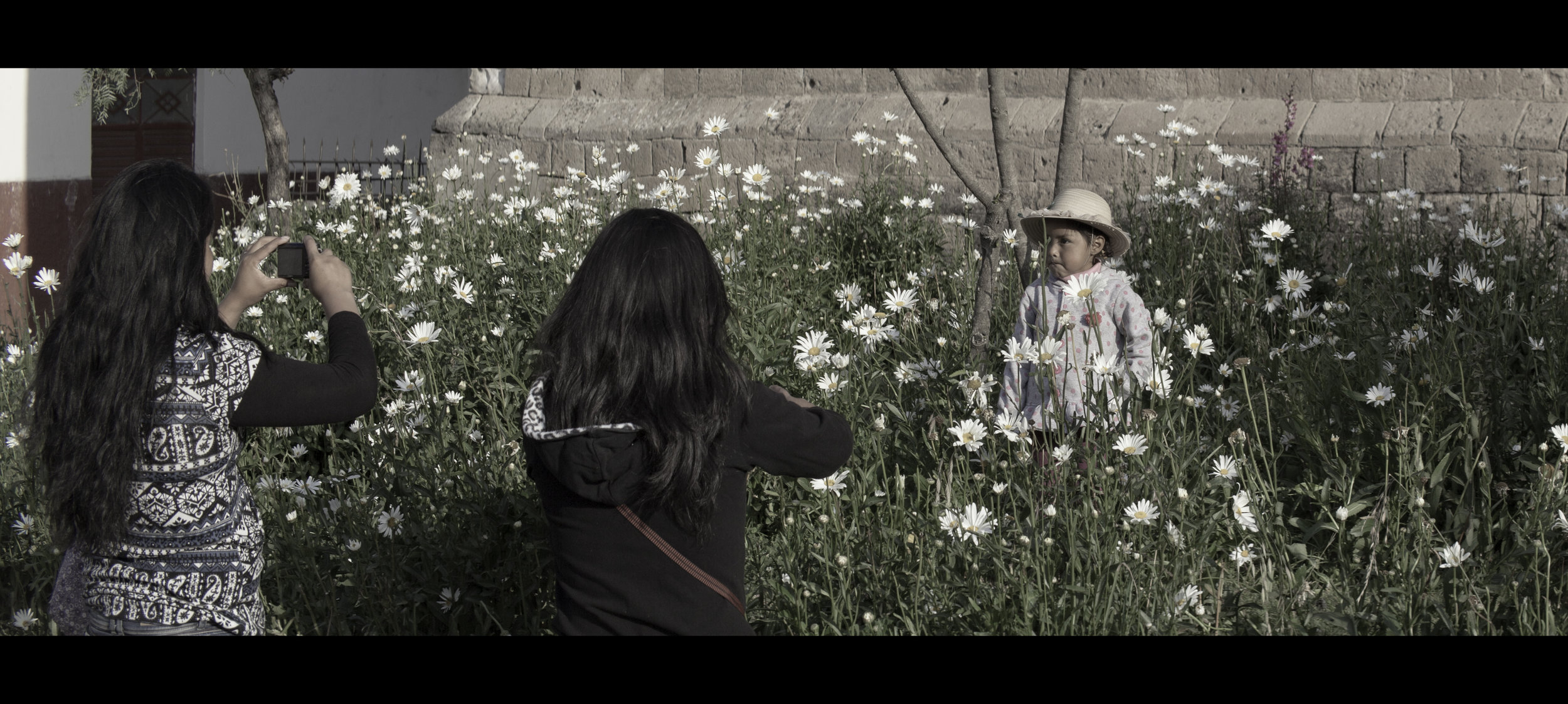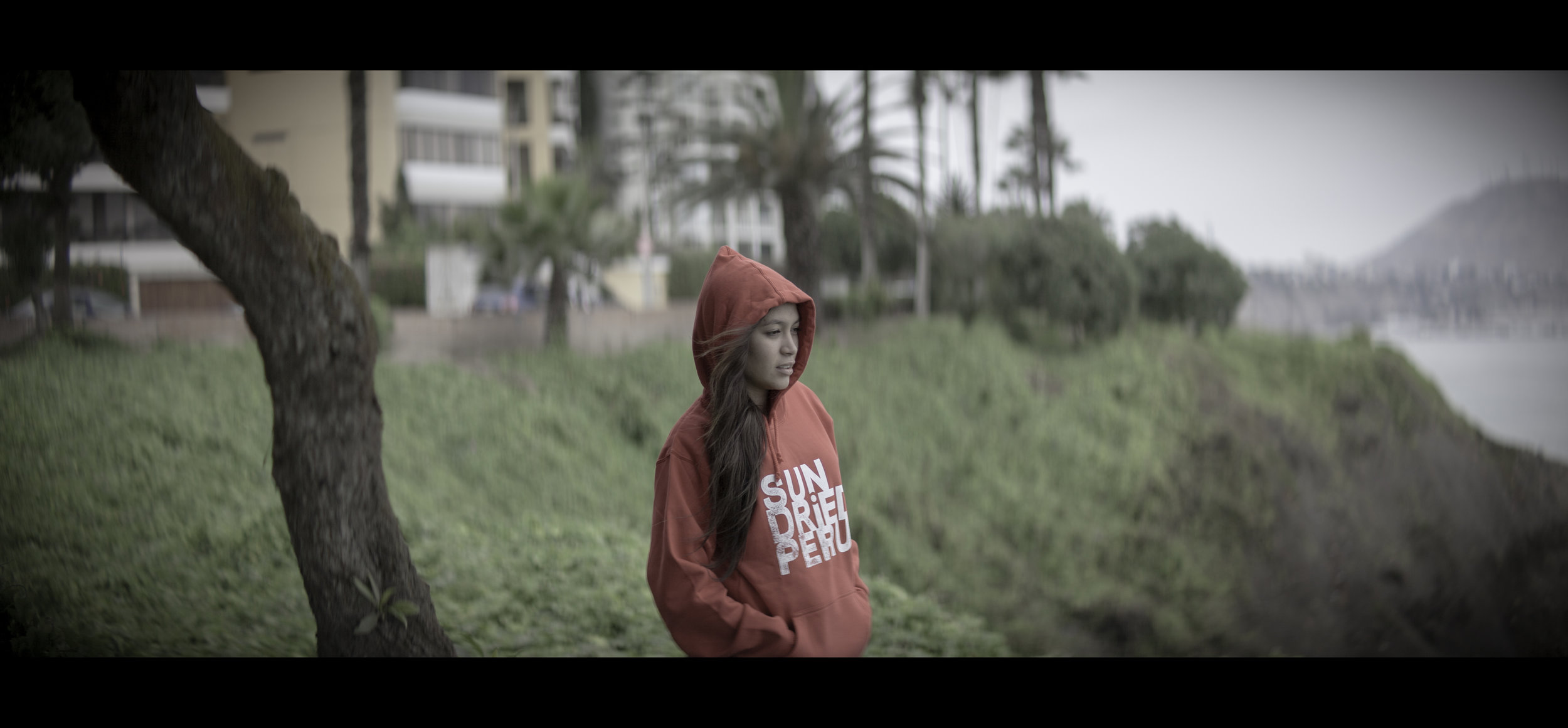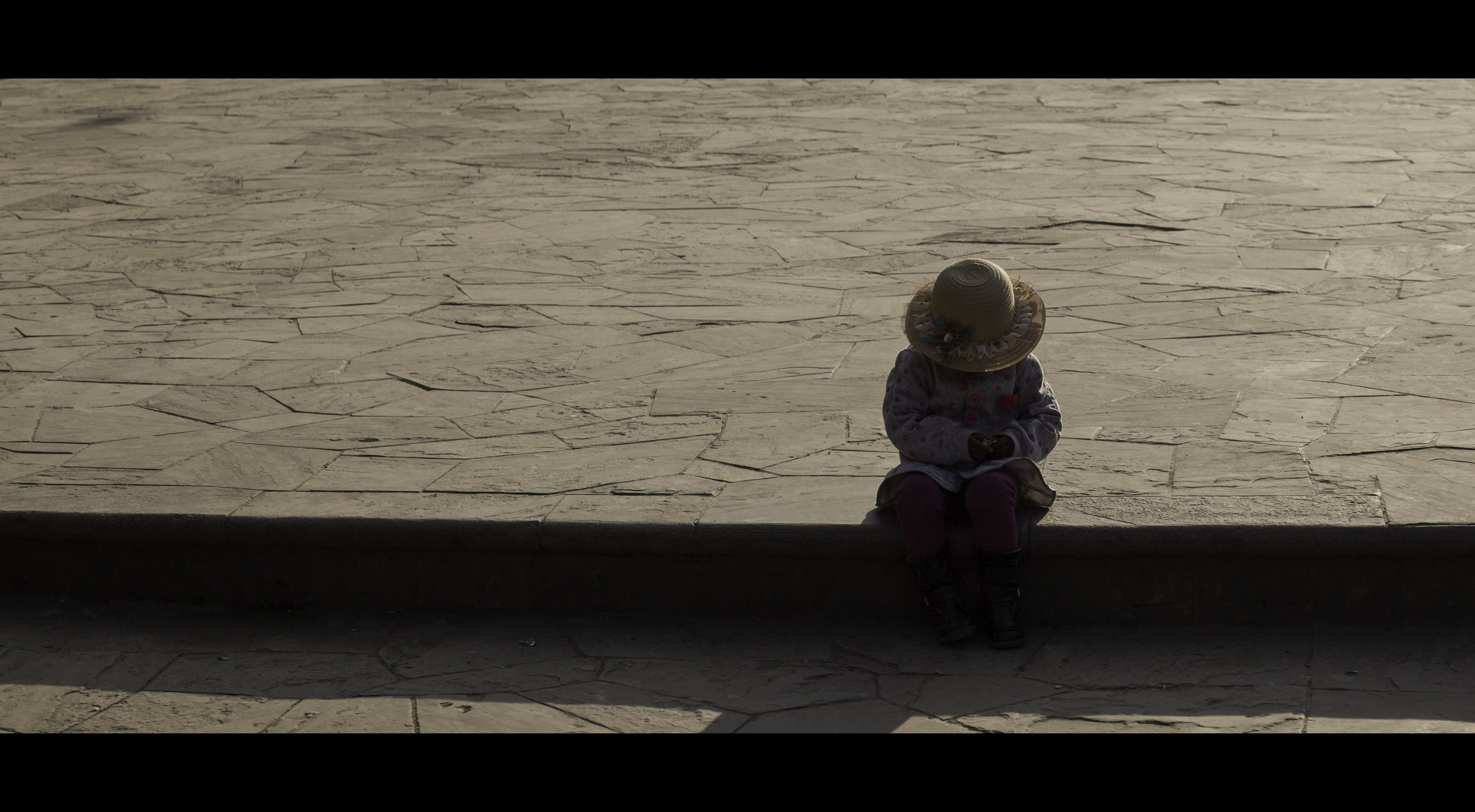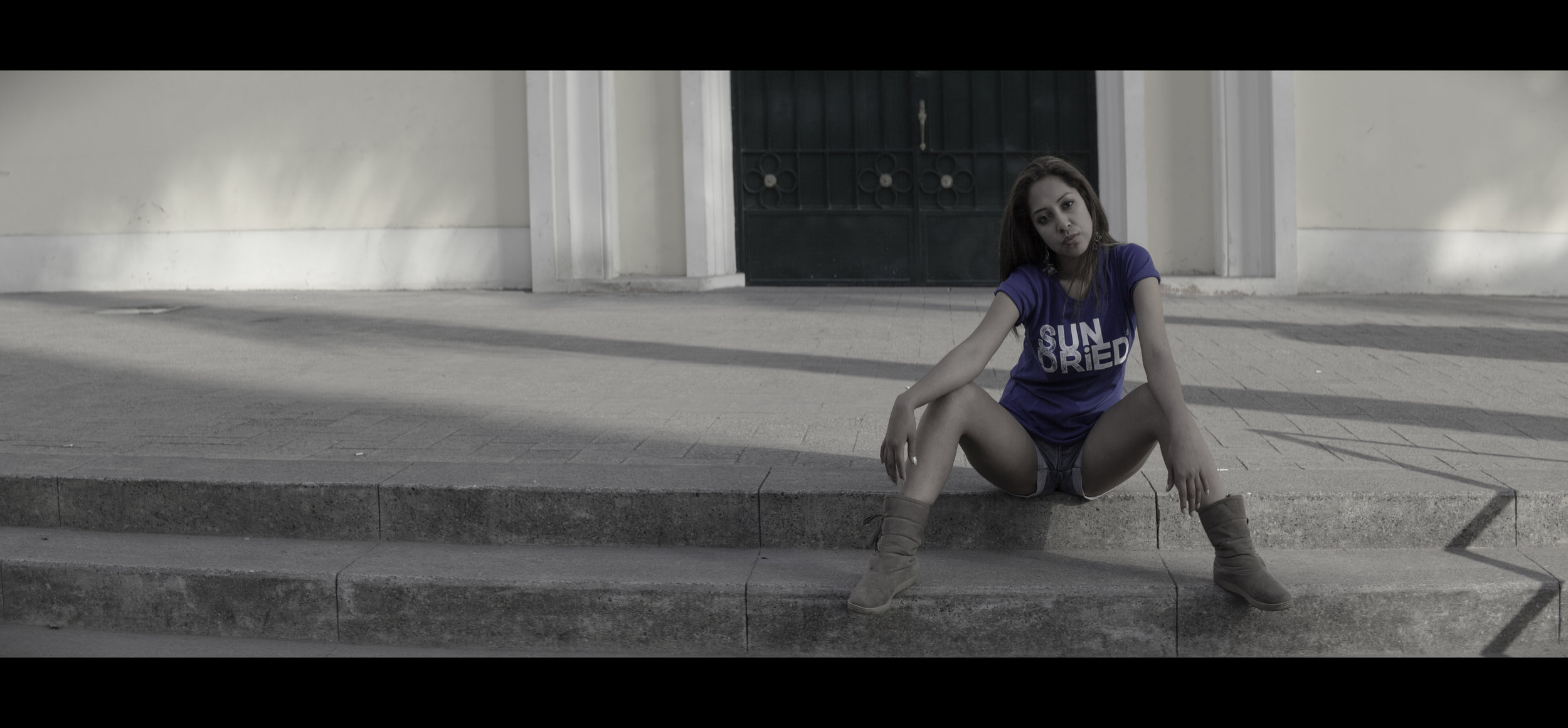Hace algunos años atrás, tuve la suerte de pasar una semana en Machu Picchu tomando fotografías para el MINCETUR, el departamento de turismo del Gobierno Peruano. Machu Picchu es una ciudadela Inca del siglo XV localizada en la región del Cusco, en Perú, bajo el valle sagrado. En 1983 fue declarada como Patrimonio Mundial por la UNESCO, y en el 2007, Machu Picchu fue elegida como una de las Siete Nuevas Maravillas del Mundo.
Por siete días tuve como base el Pueblo de Machu Picchu, que se encuentra debajo de las ruinas de Machu Picchu, y es también conocido como Aguas Calientes. Desde allí pude visitar varias montañas ubicadas alrededor de la ciudadela Inca, tales como el Huayna Picchu, la montaña Machu Picchu y Putukusi (que también se puede escribir como Putucusi). Además, pude hacer los últimos dos días del Camino Inca, el cual termina en Machu Picchu: “la misteriosa Ciudad Perdida de los Incas”. Dale click al slideshow debajo para que puedas ver algunas fotos que tomé durante mi estadía en Machu Picchu.
Tuve una semana maravillosa en Machu Picchu, y si es que cuentan tiempo recomendaría pasar algunos días allí para explorar el área a profundidad. Con más tiempo, puedes visitar diversos picos y tener una mayor oportunidad de experimentar el buen clima. El día que subí al Huaya Picchu tuve poca visibilidad casi todo el día. Personalmente, considero que las mejores vistas de Machu Picchu fueron las que tuve desde la misma montaña Machu Picchu. El pico más emocionante y menos congestionado de todos fue el Putukusi, en donde sólo te cruzas con un puñado de personas en toda la caminata. Sin embargo, éste pico no es apto para cardiacos, ya que tiene varias escaleras empinadas al comienzo del trayecto (mira las imágenes abajo). Si solo tienes tiempo para visitar Machu Picchu, trata de tomar uno de los primeros buses que suben a las ruinas y así alcanzar a ver la salida del sol.
Puedes encontrar más de mis fotografías de Machu Picchu en mi página web, Instagram, página de Facebook y en mi cuenta de Flickr. Si estás interesado en adquirir alguna impresión, usar alguna imagen online o te gustaría más información, por favor envíame un correo electrónico a geraintrowlandphotography@gmail.com.
